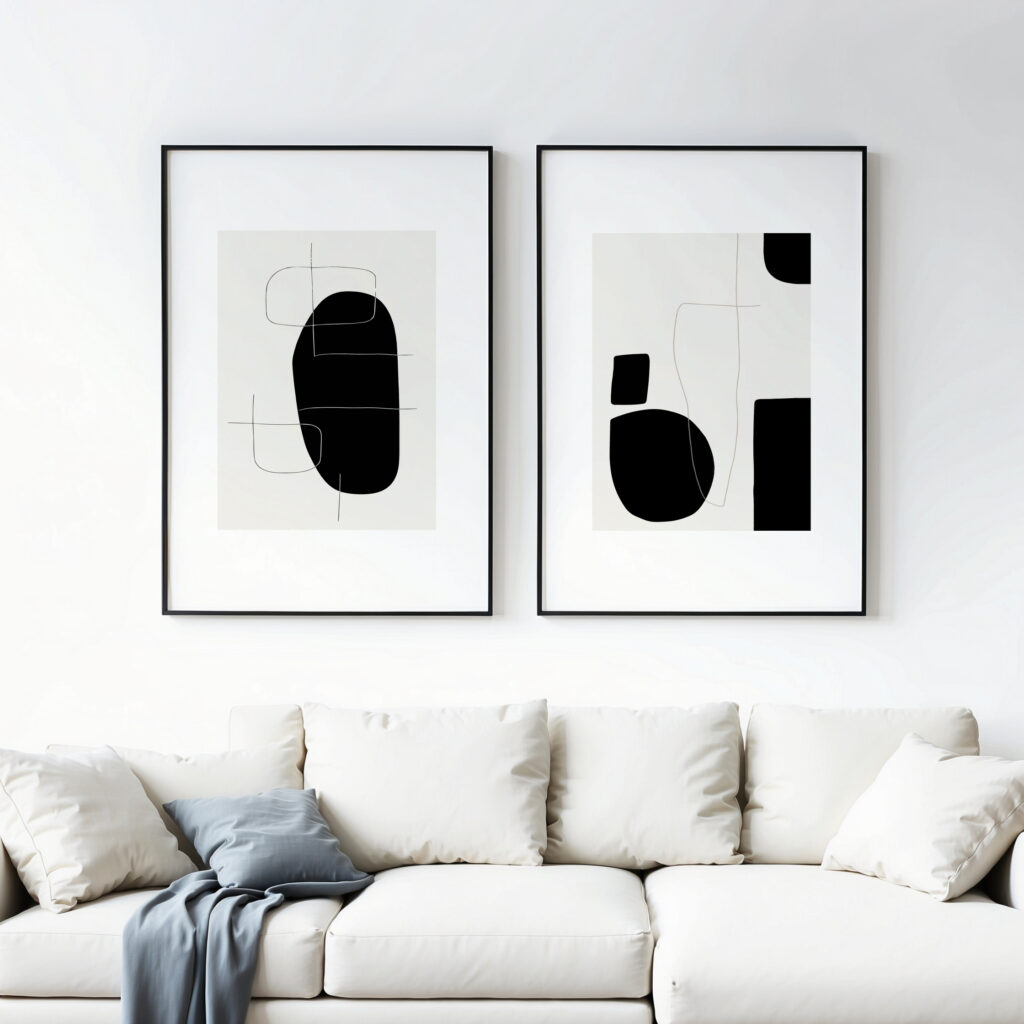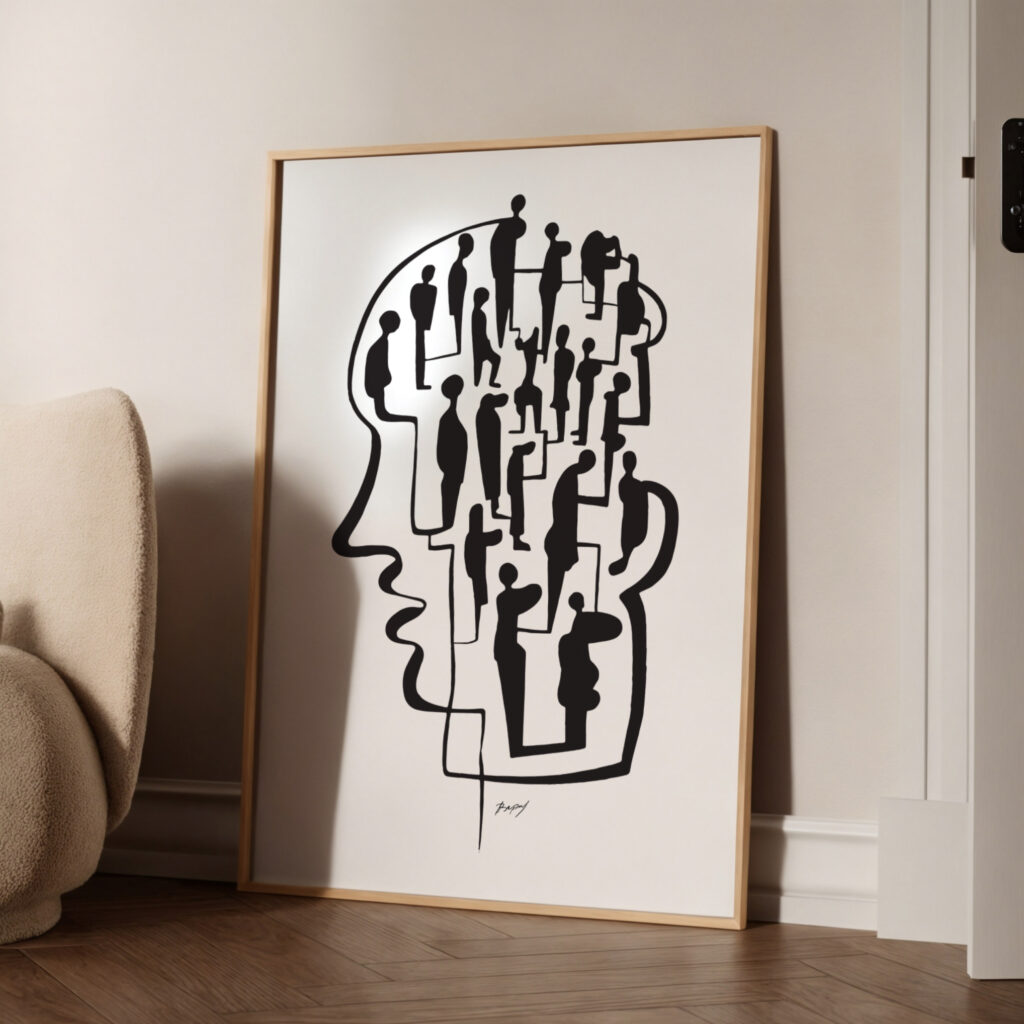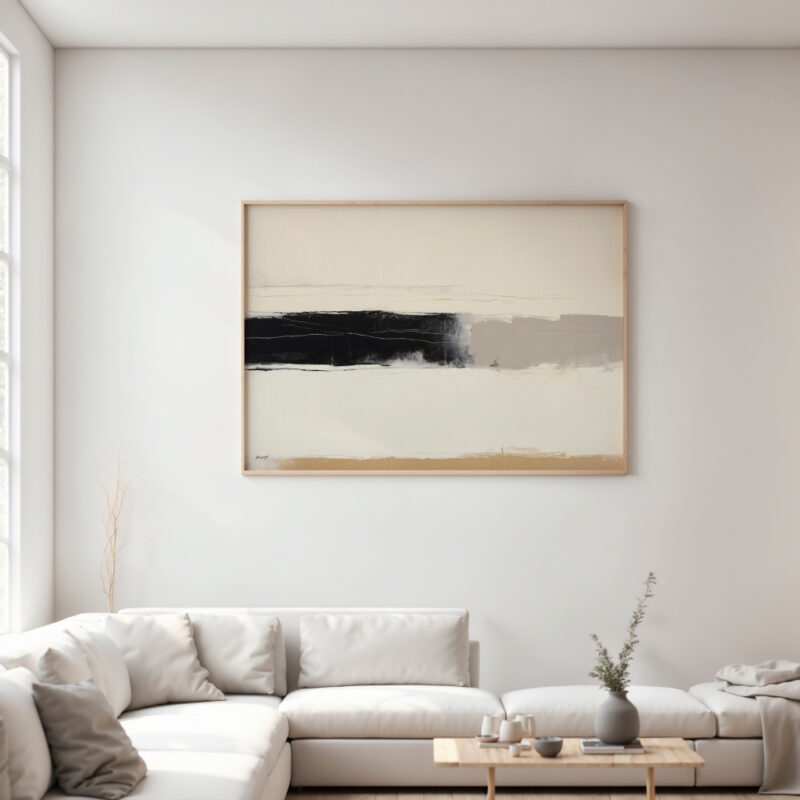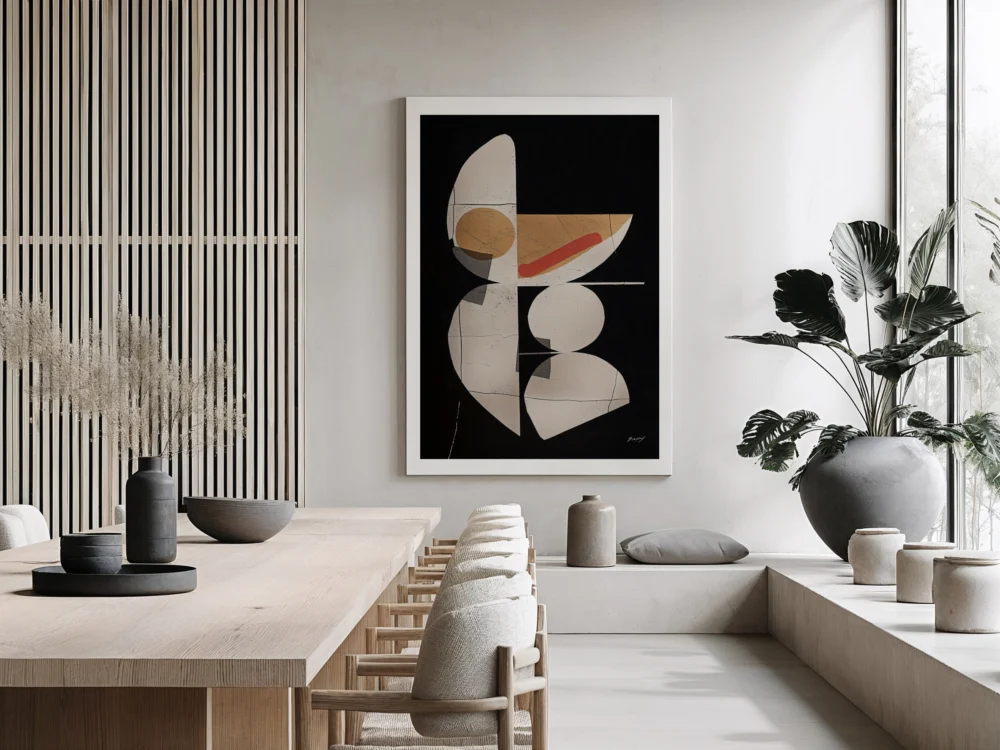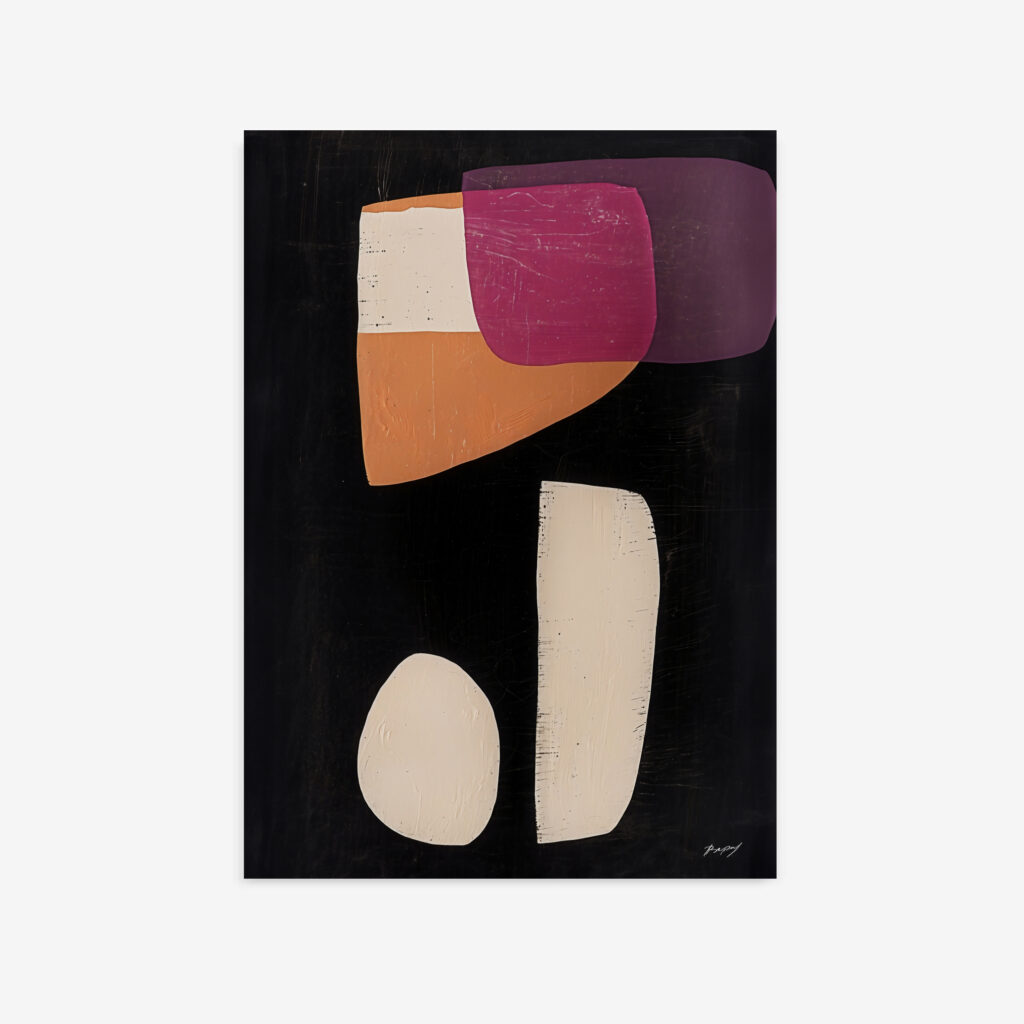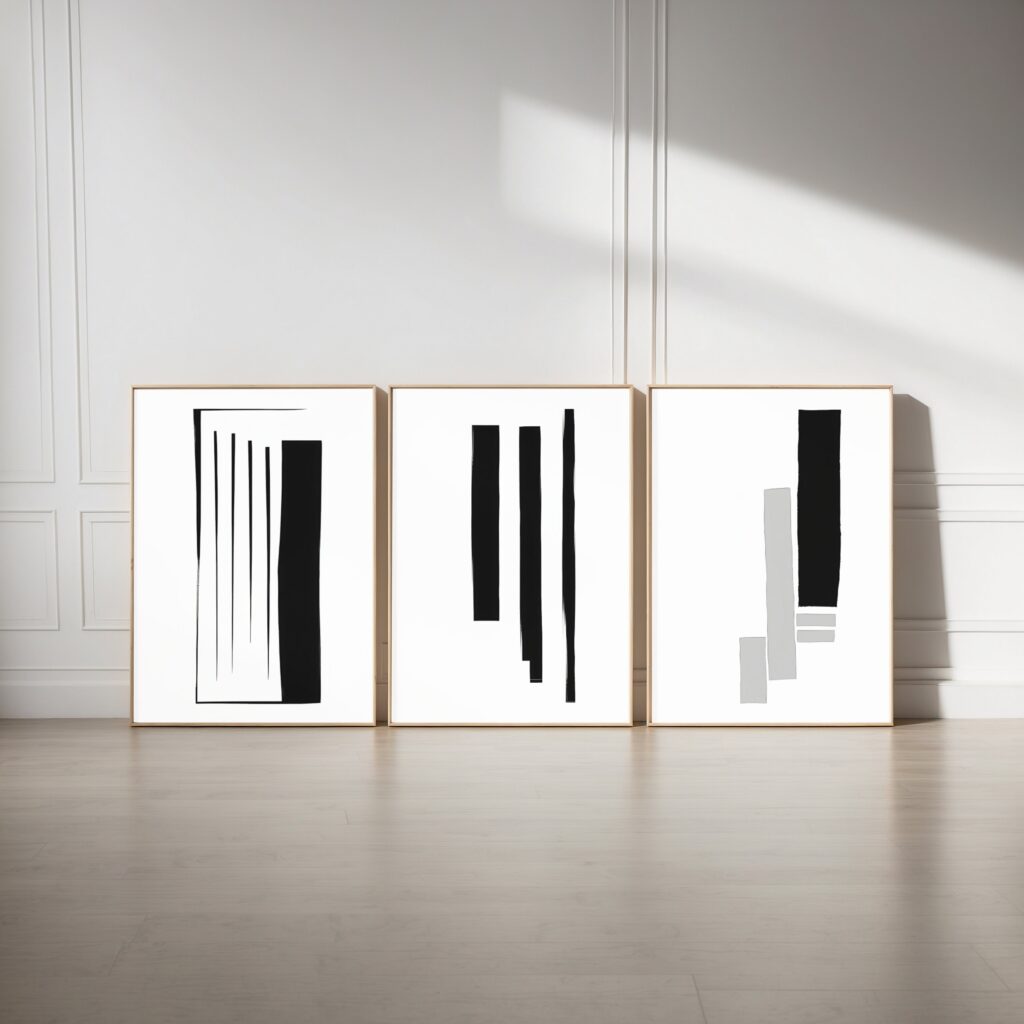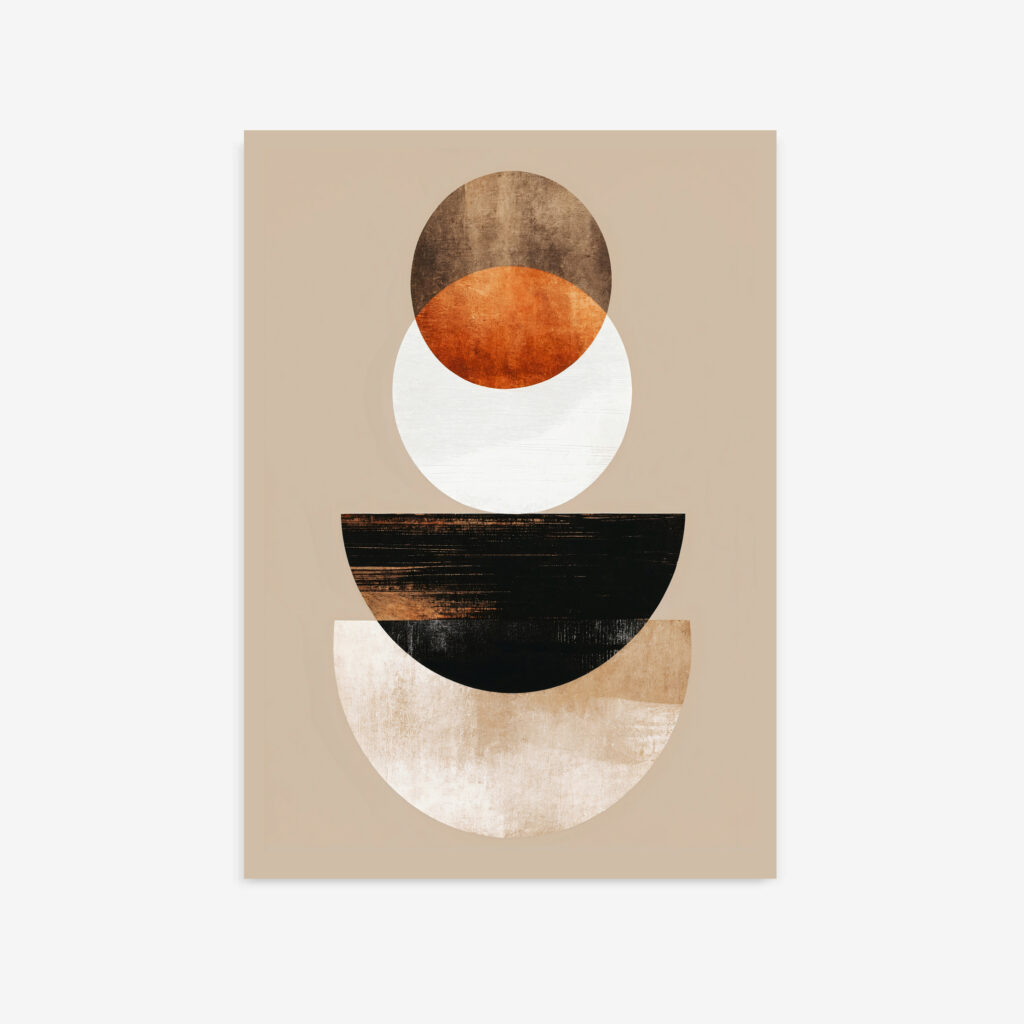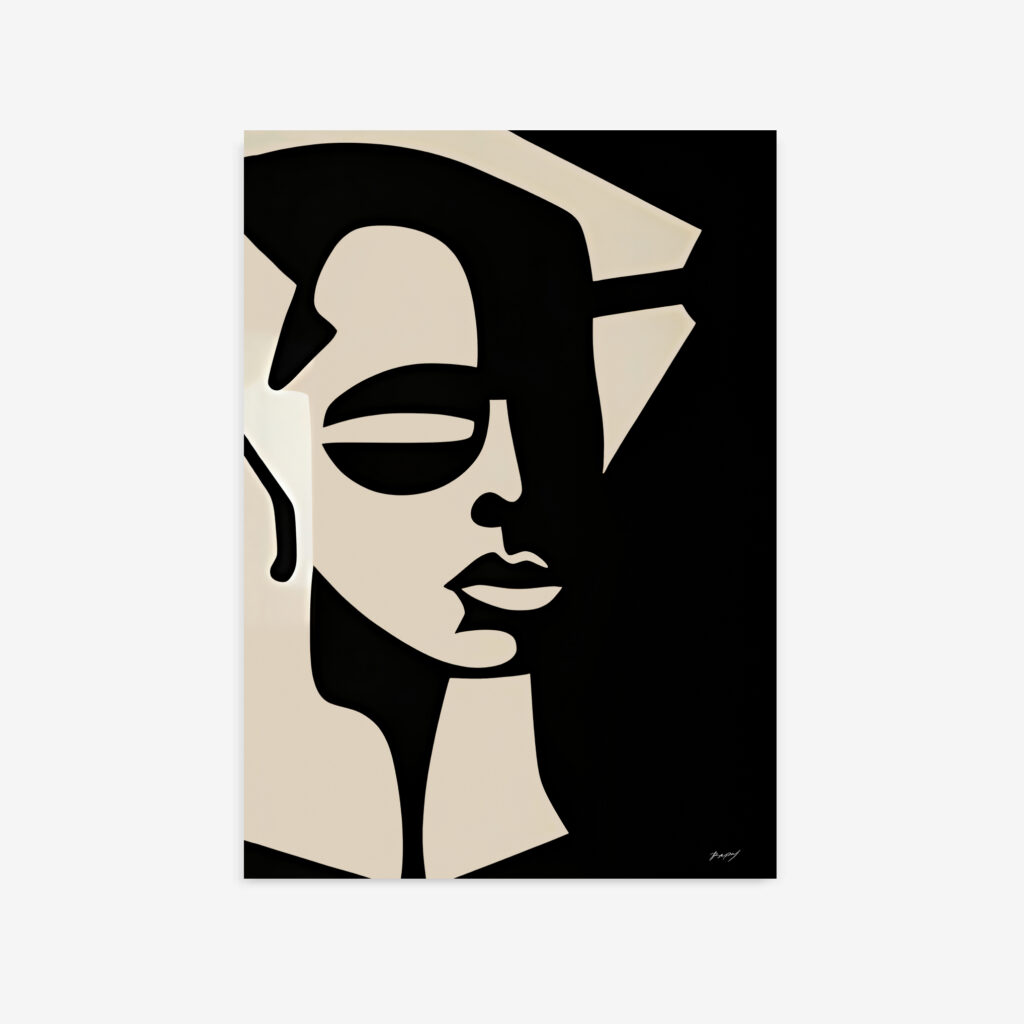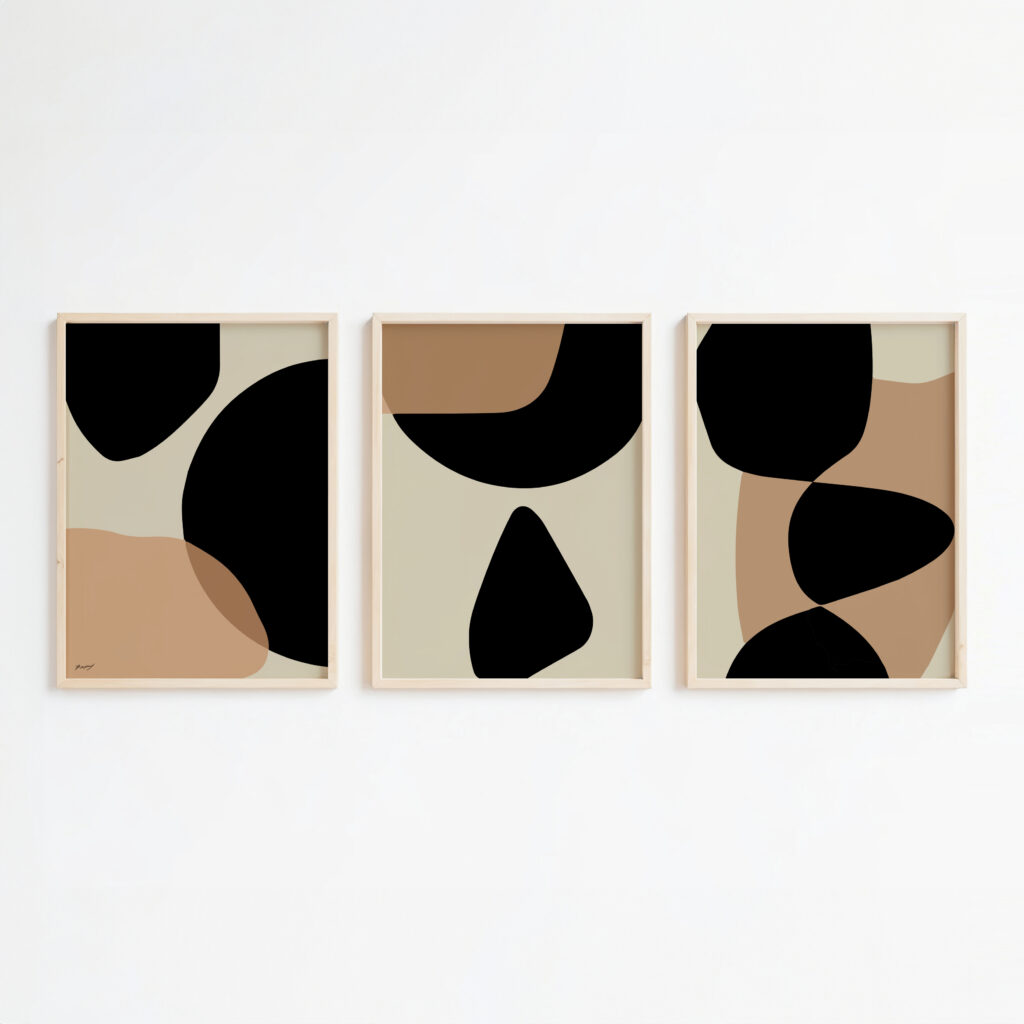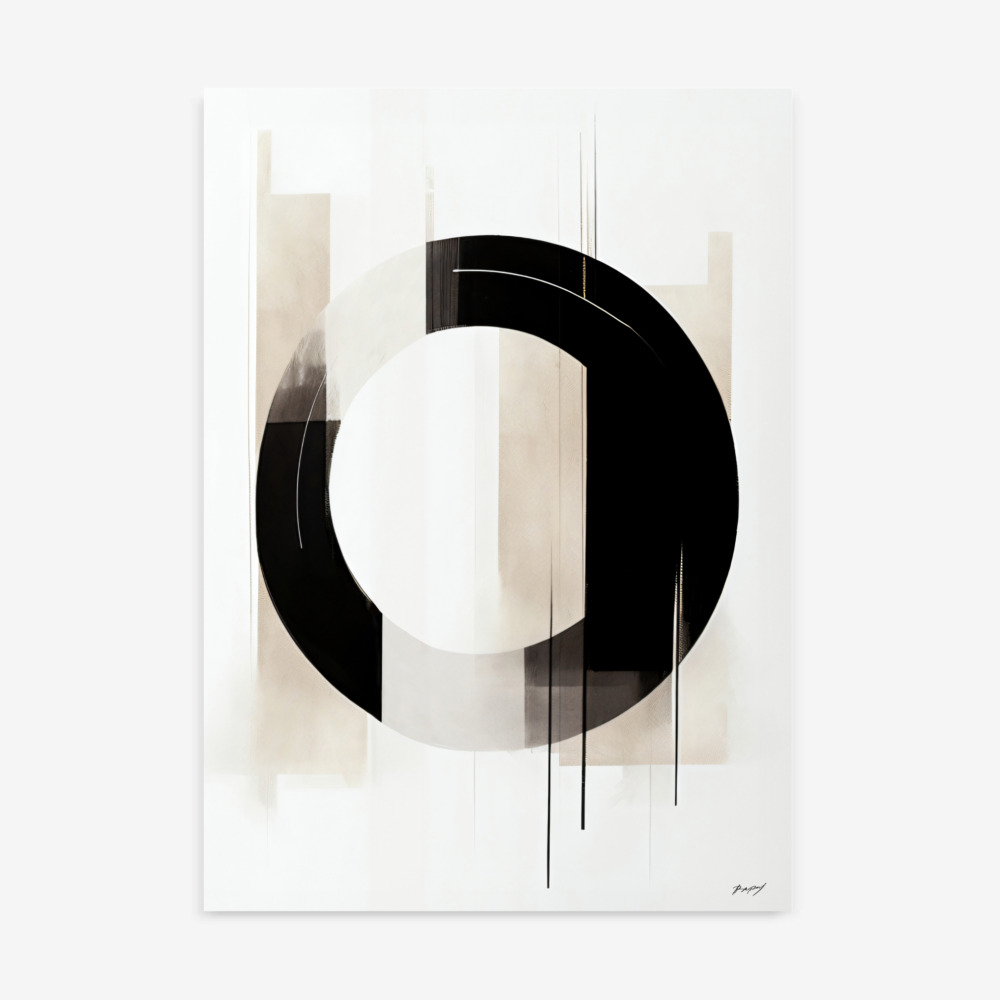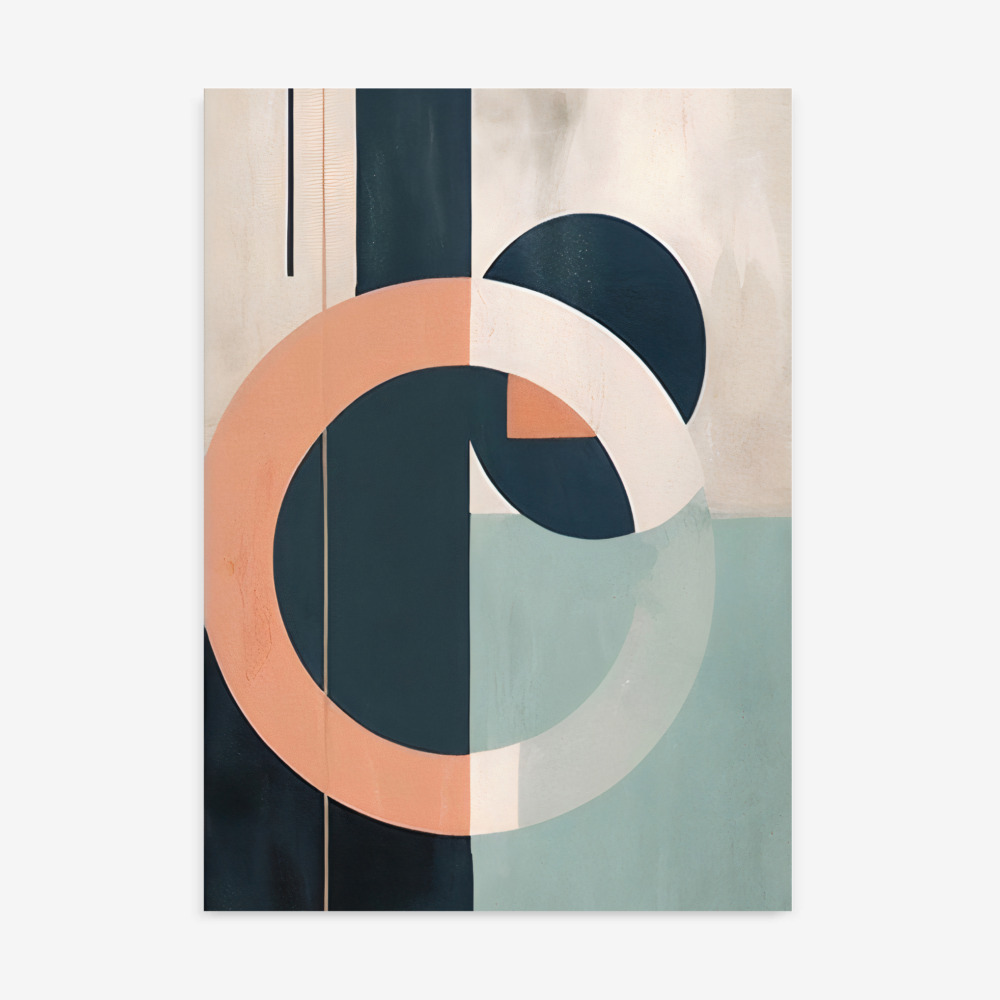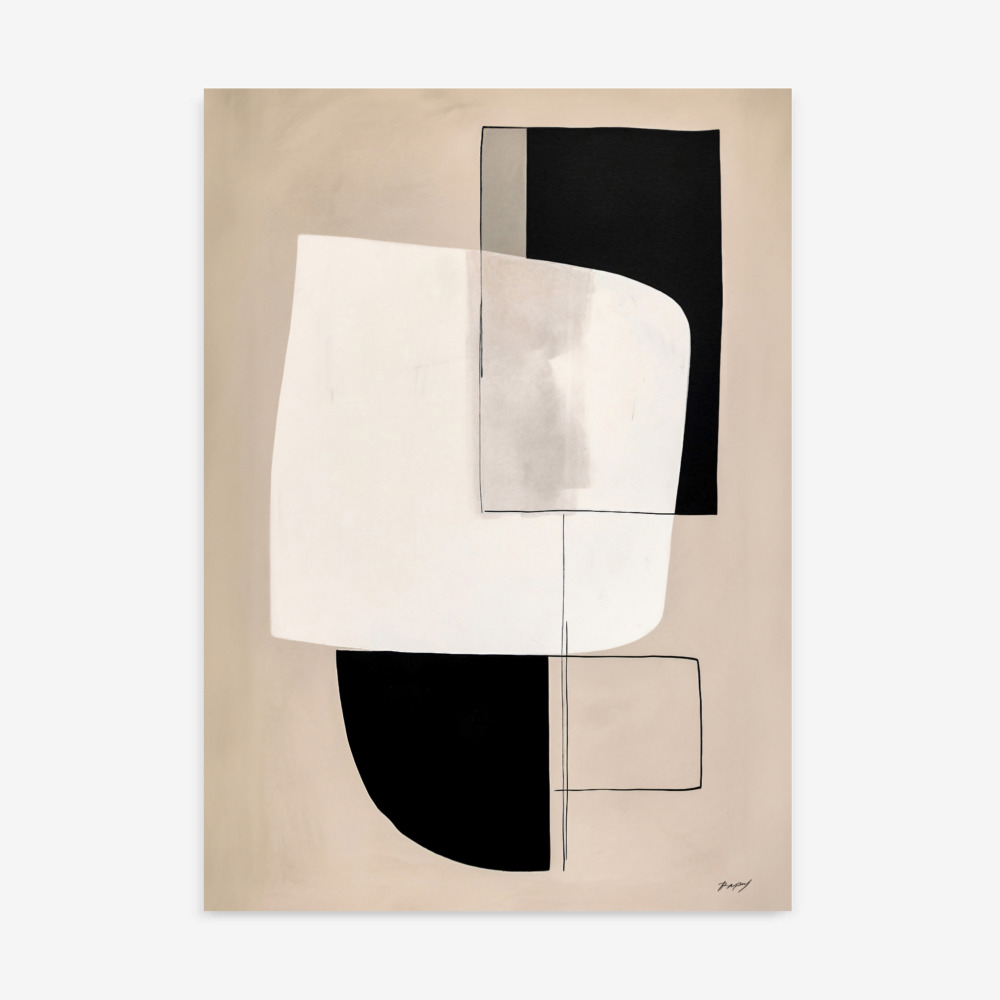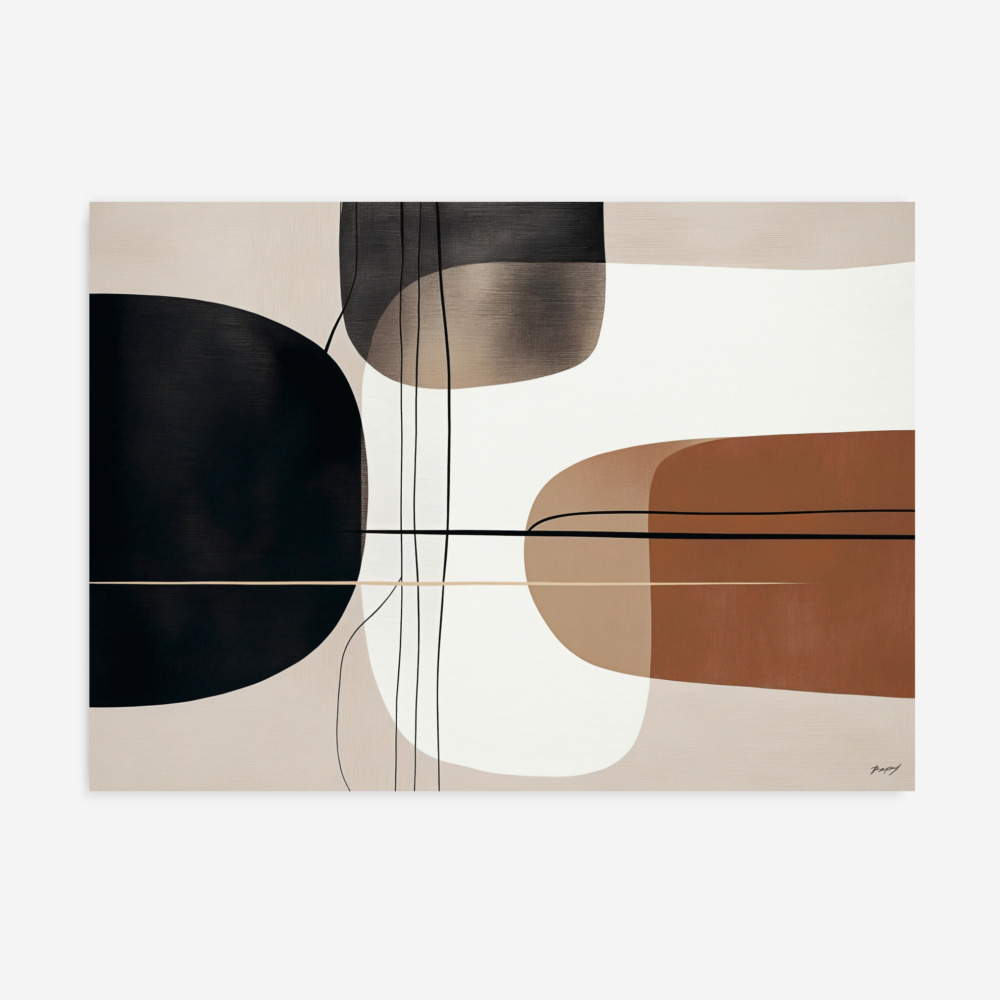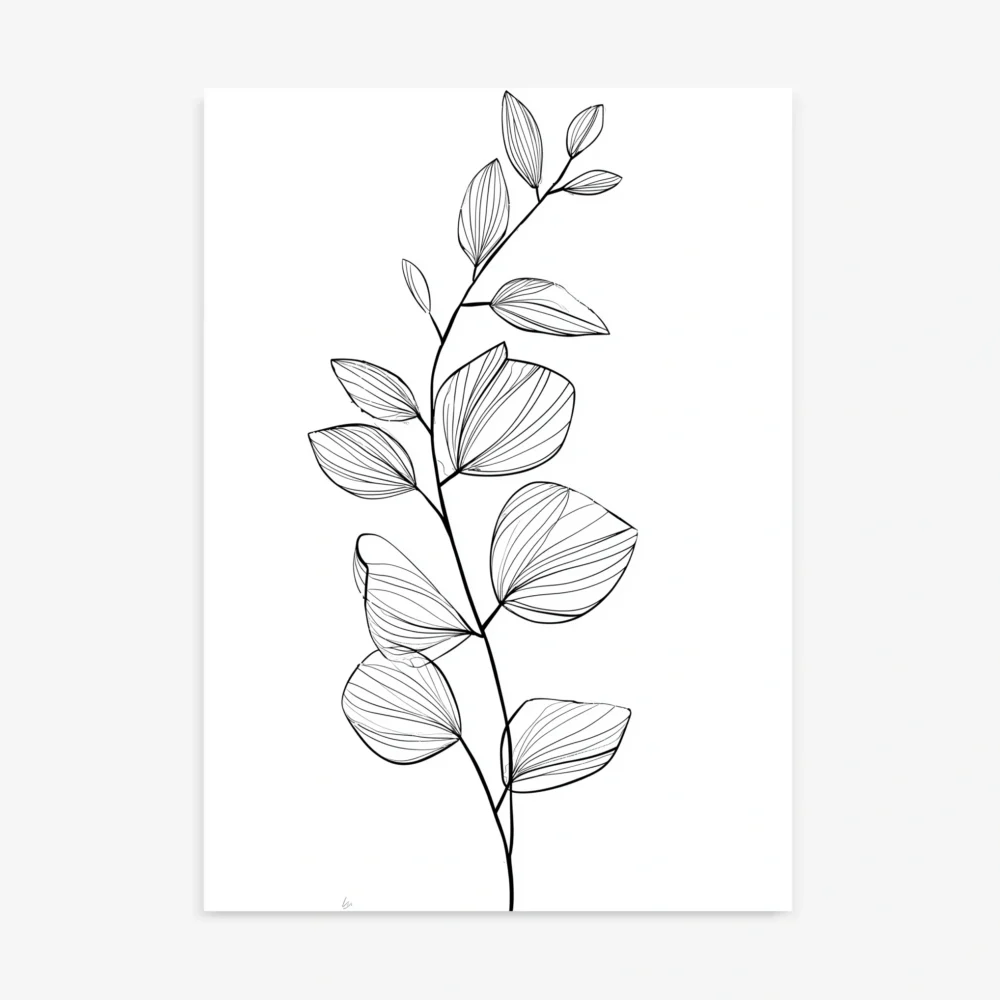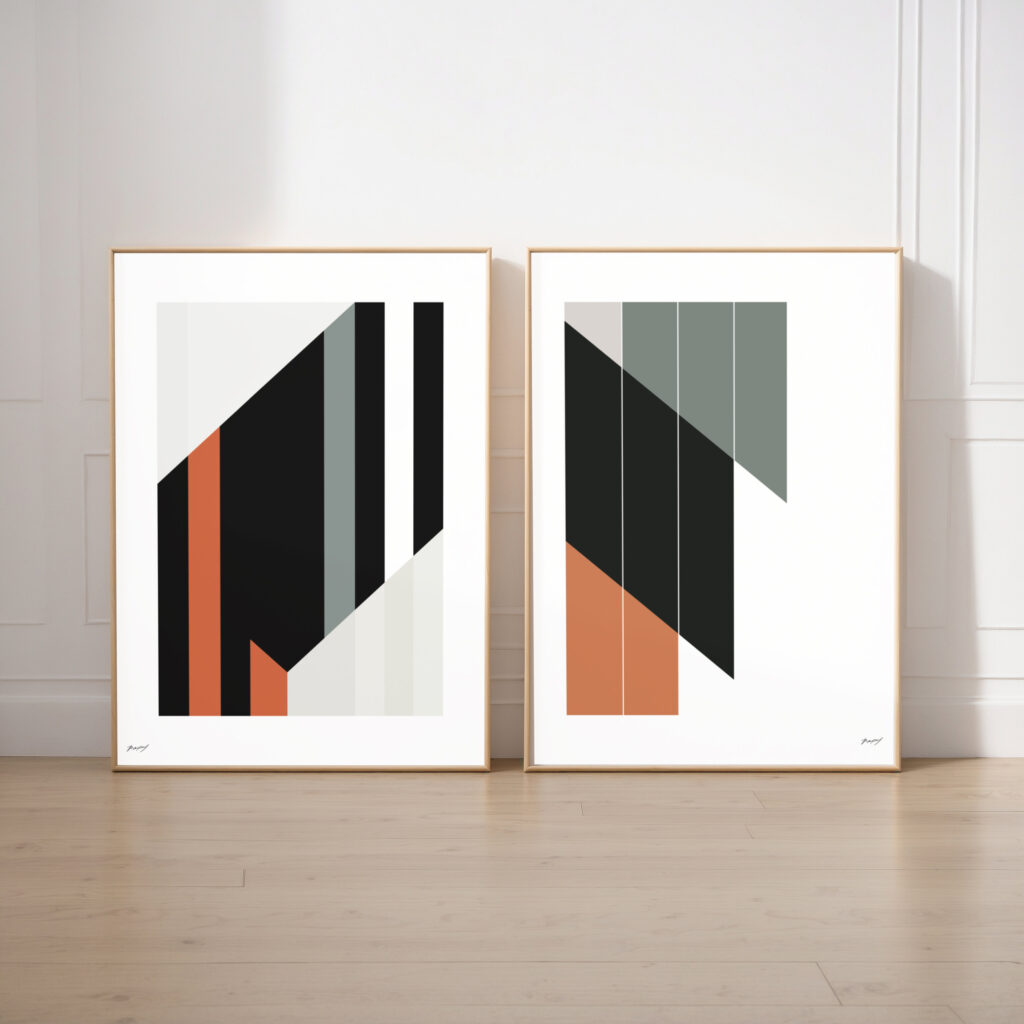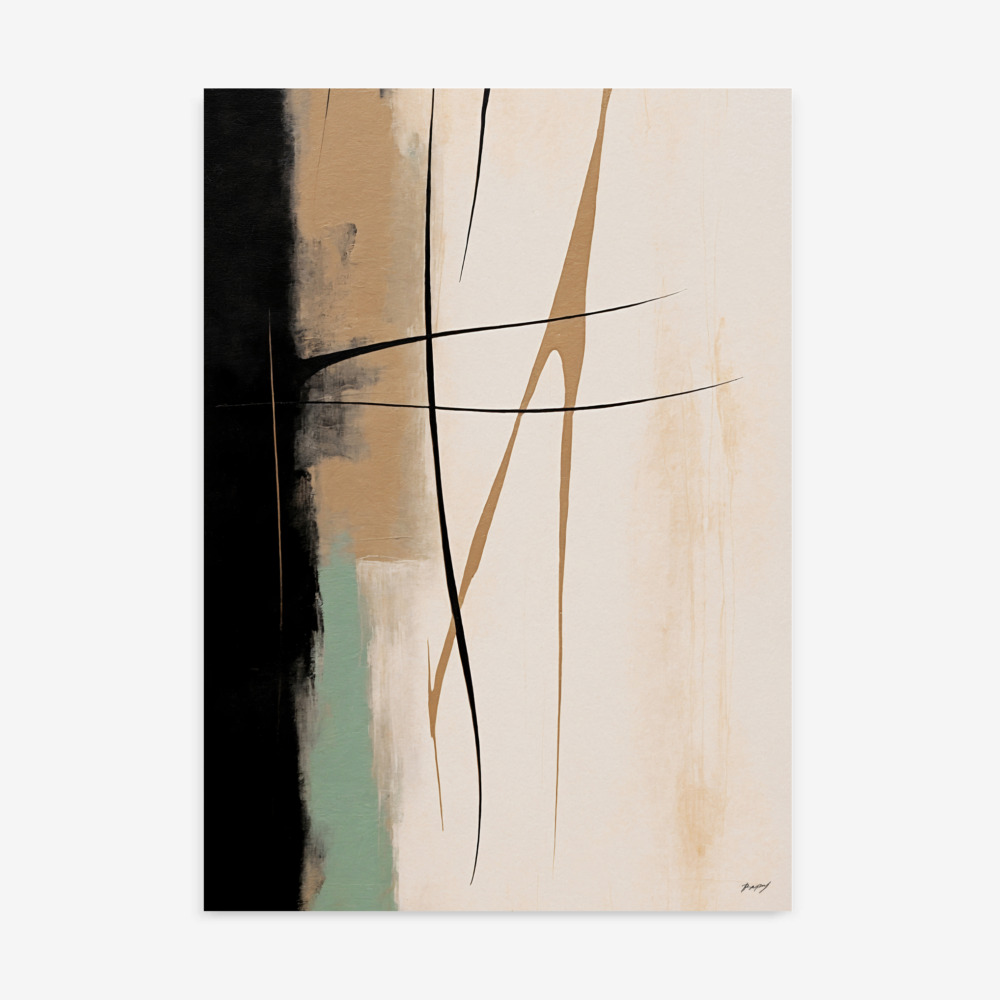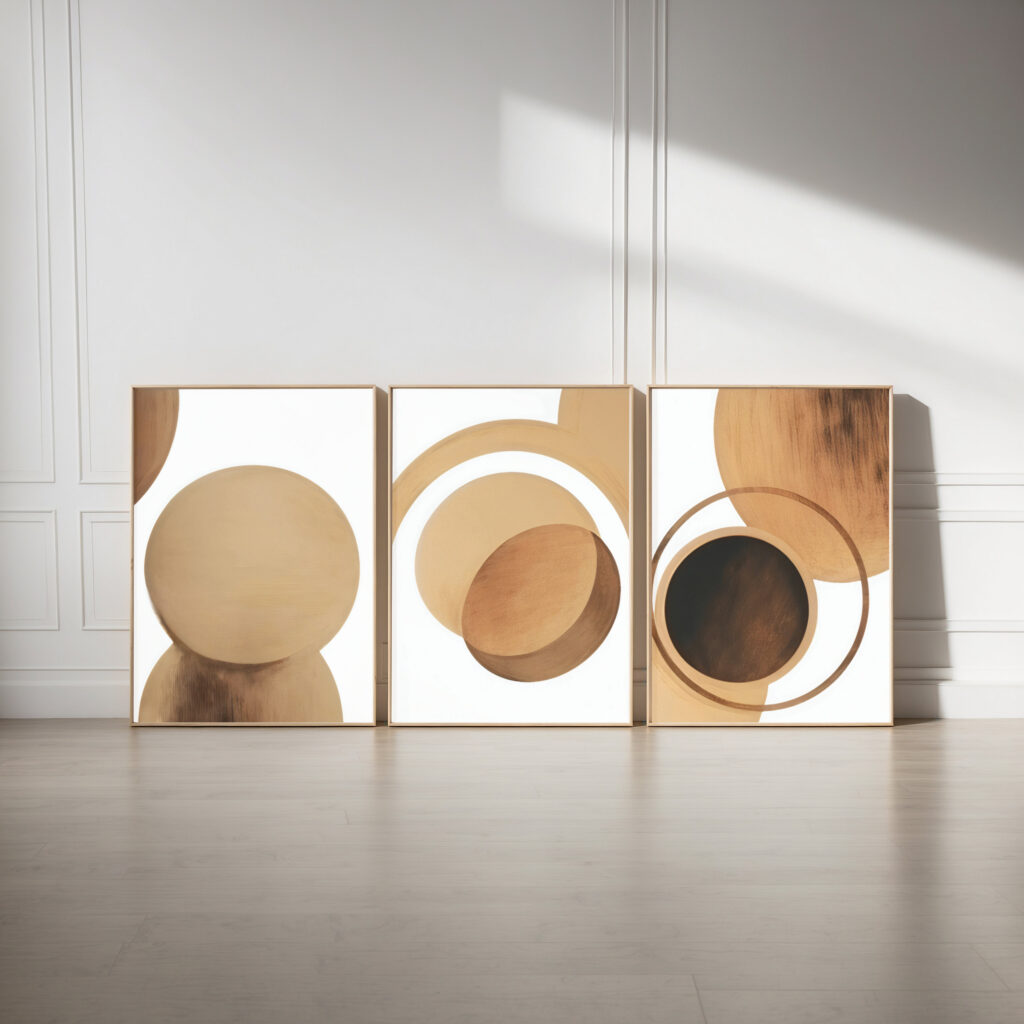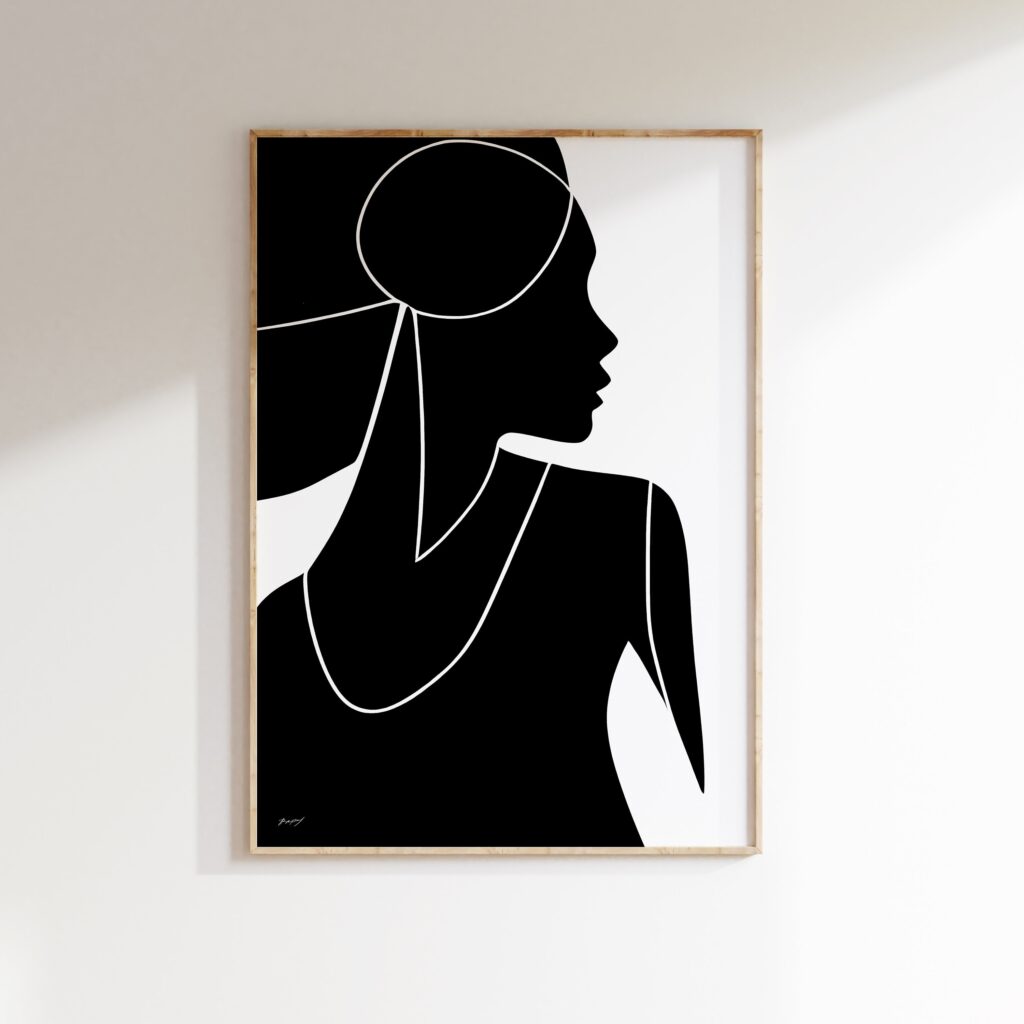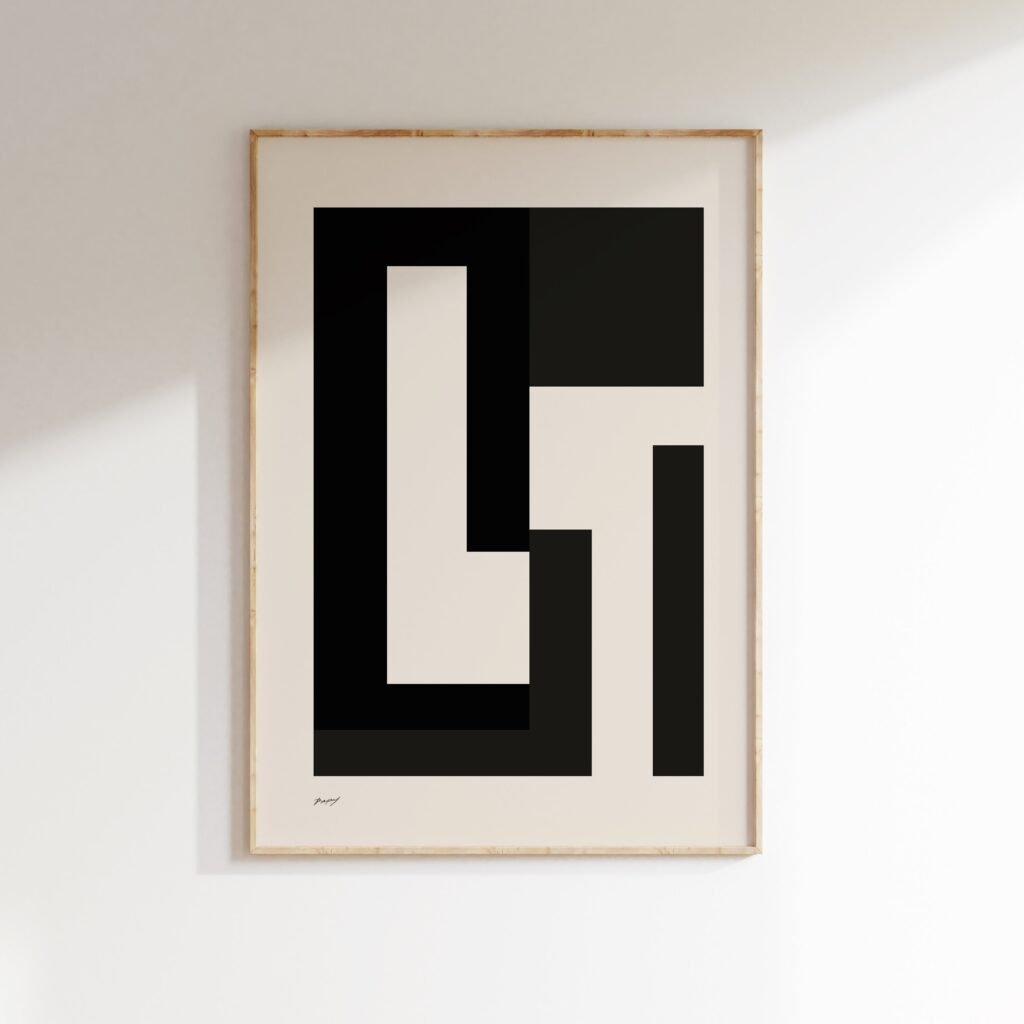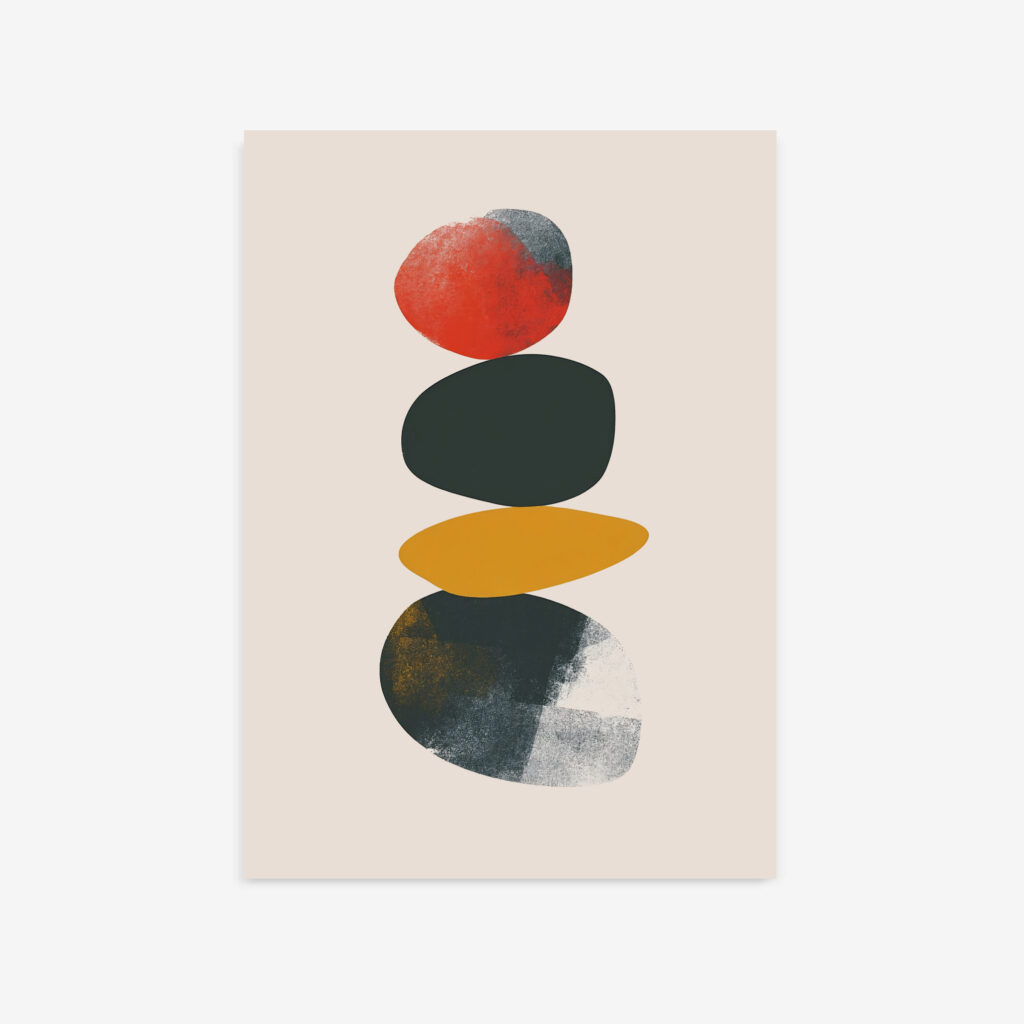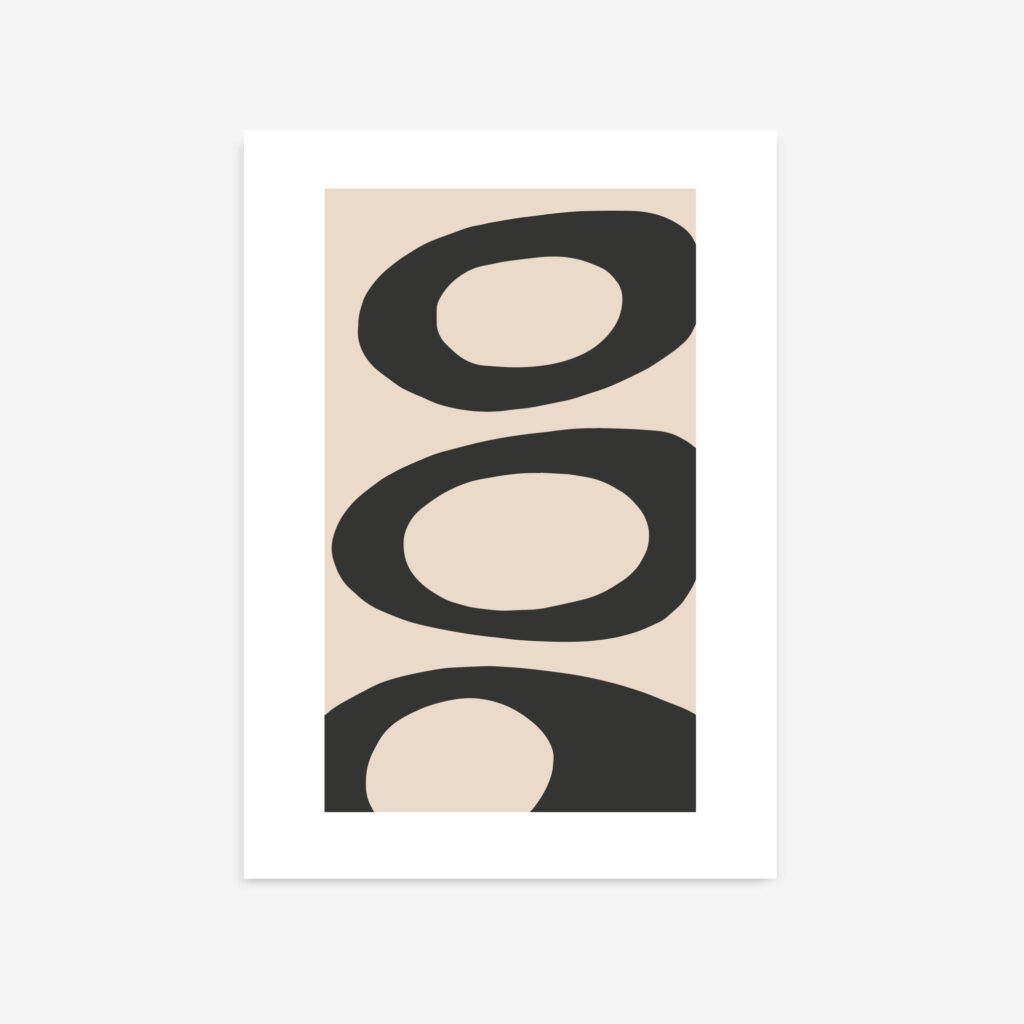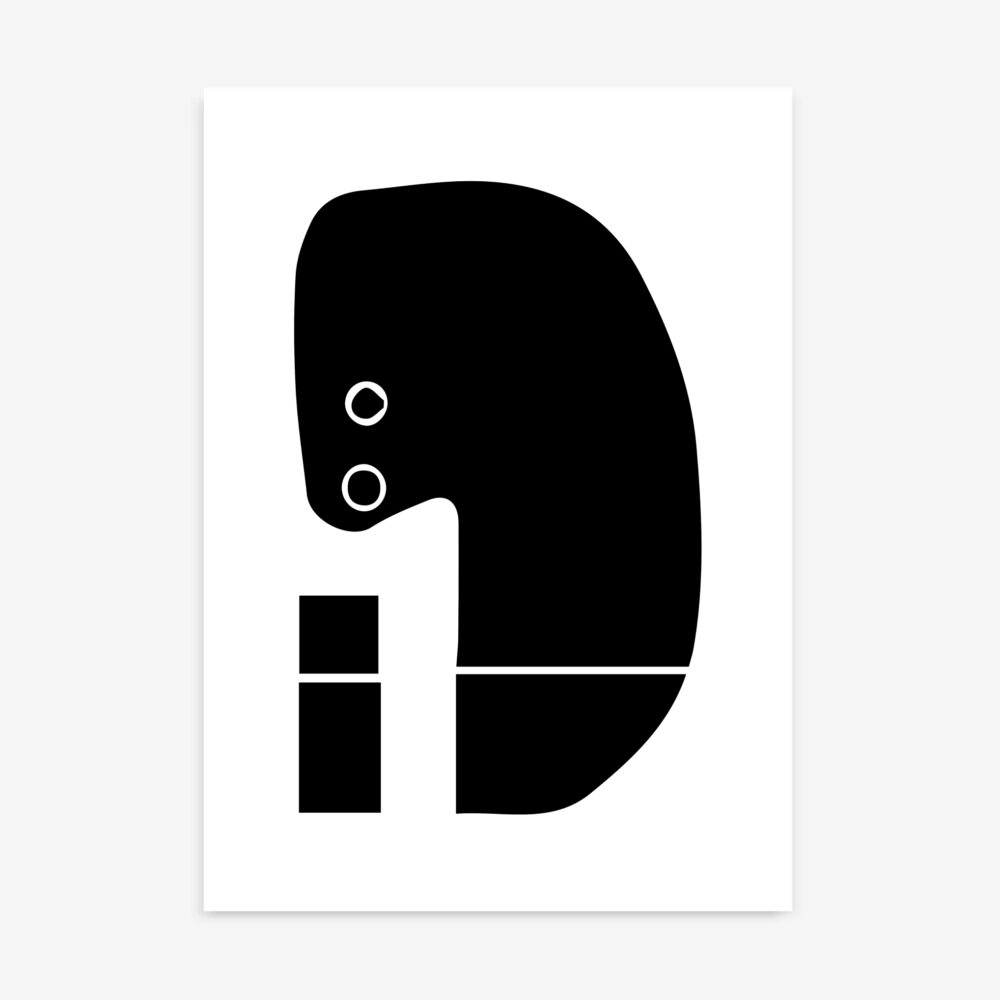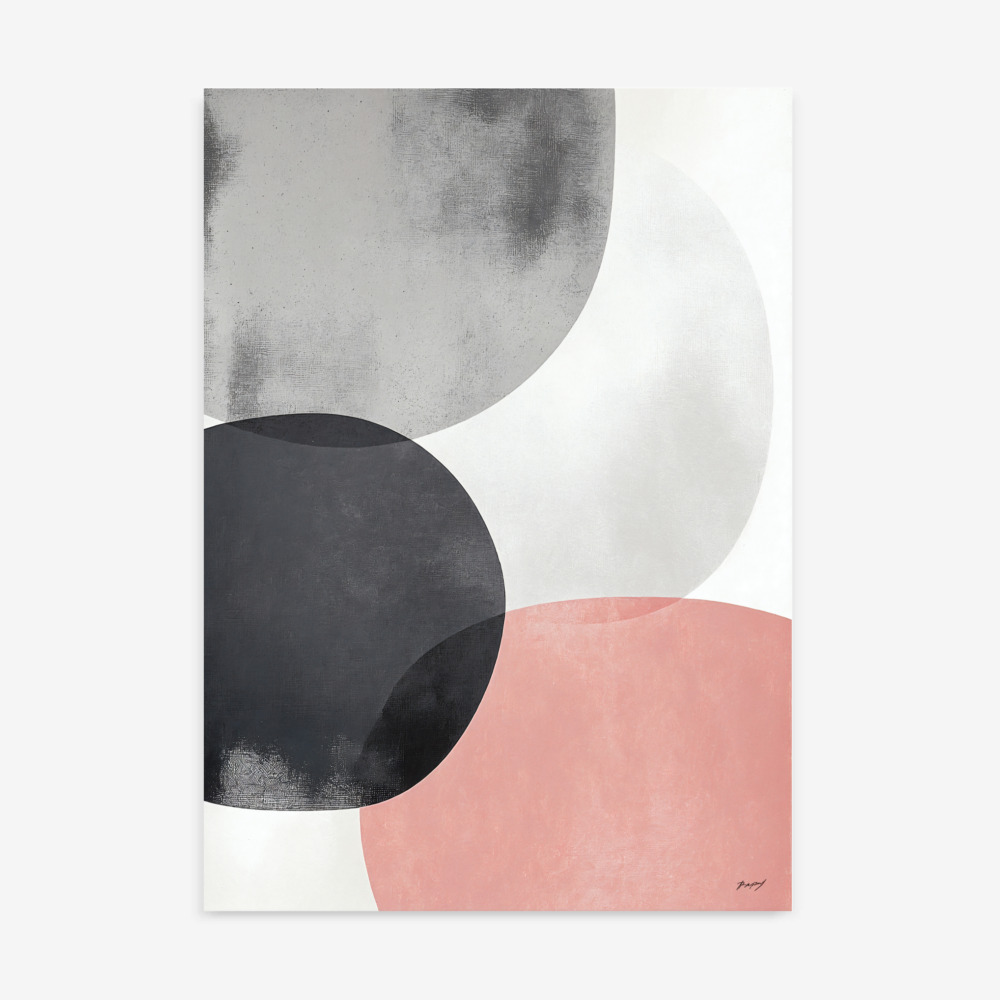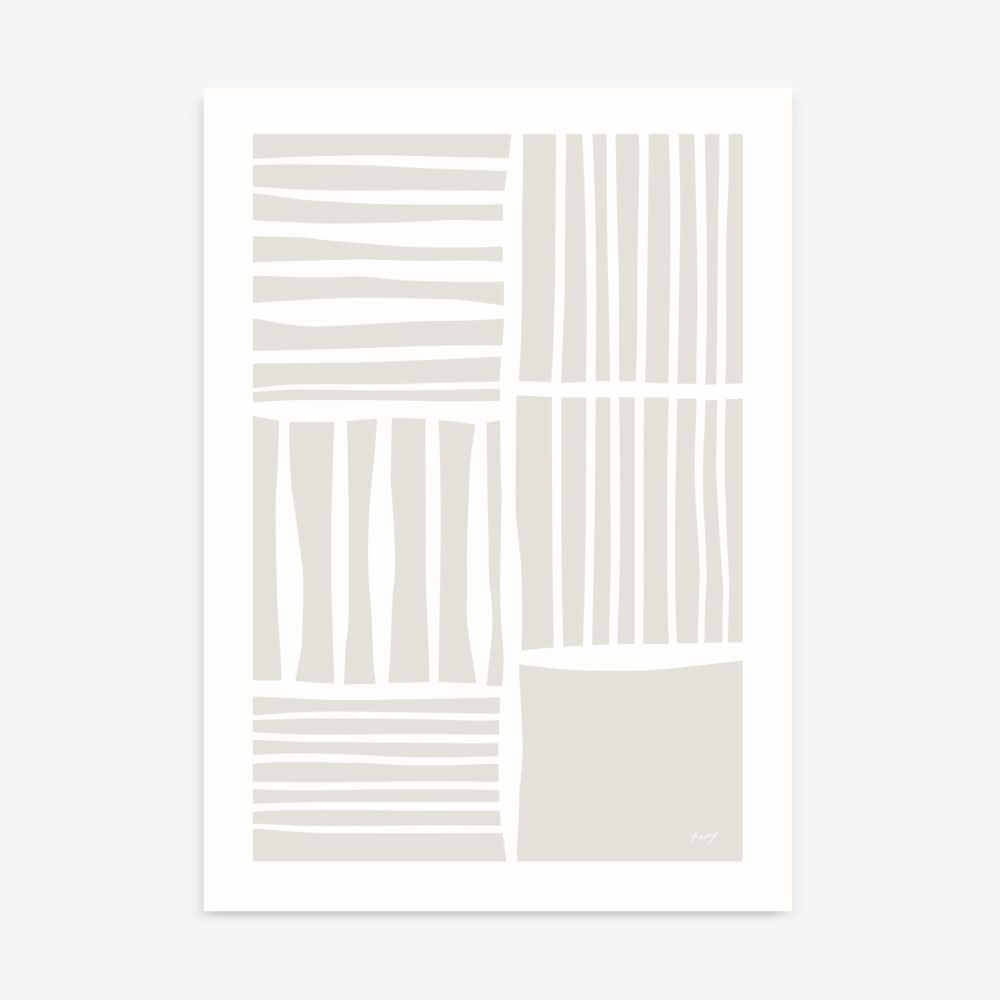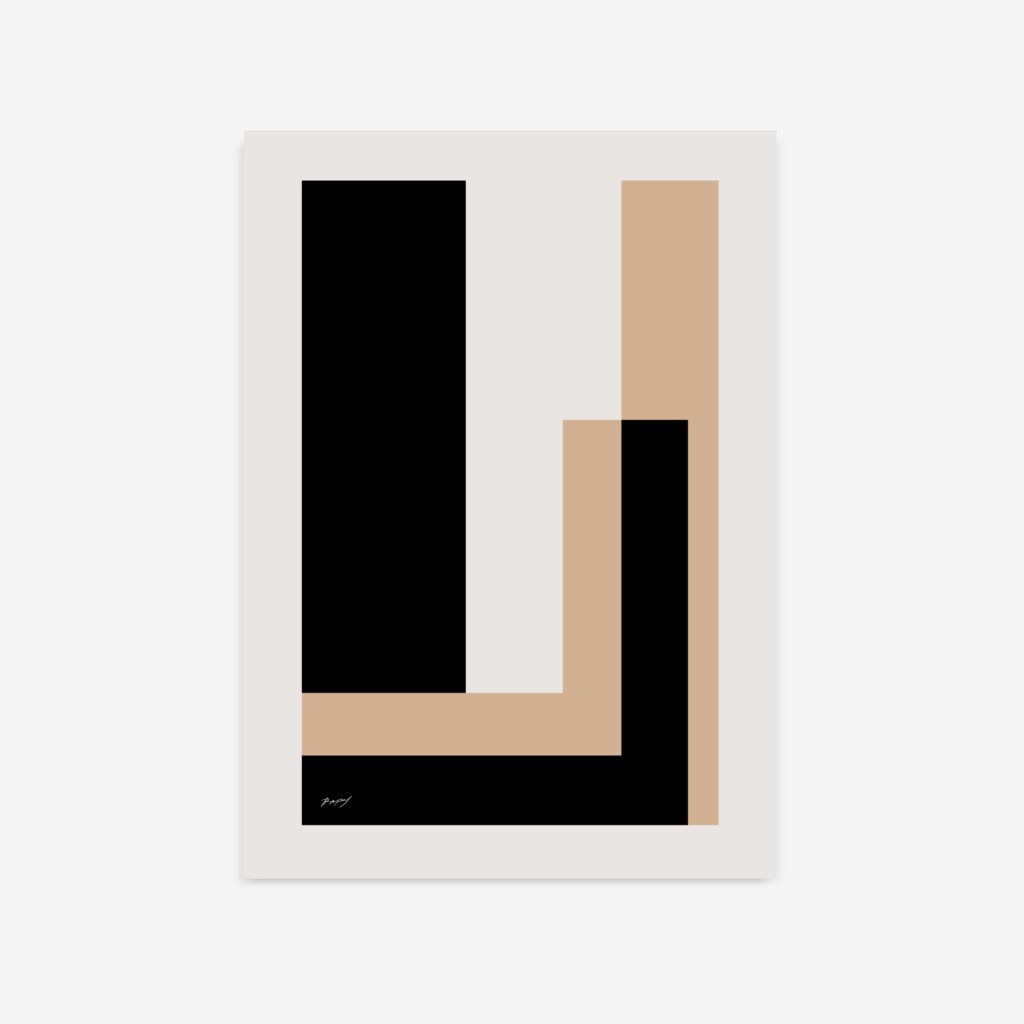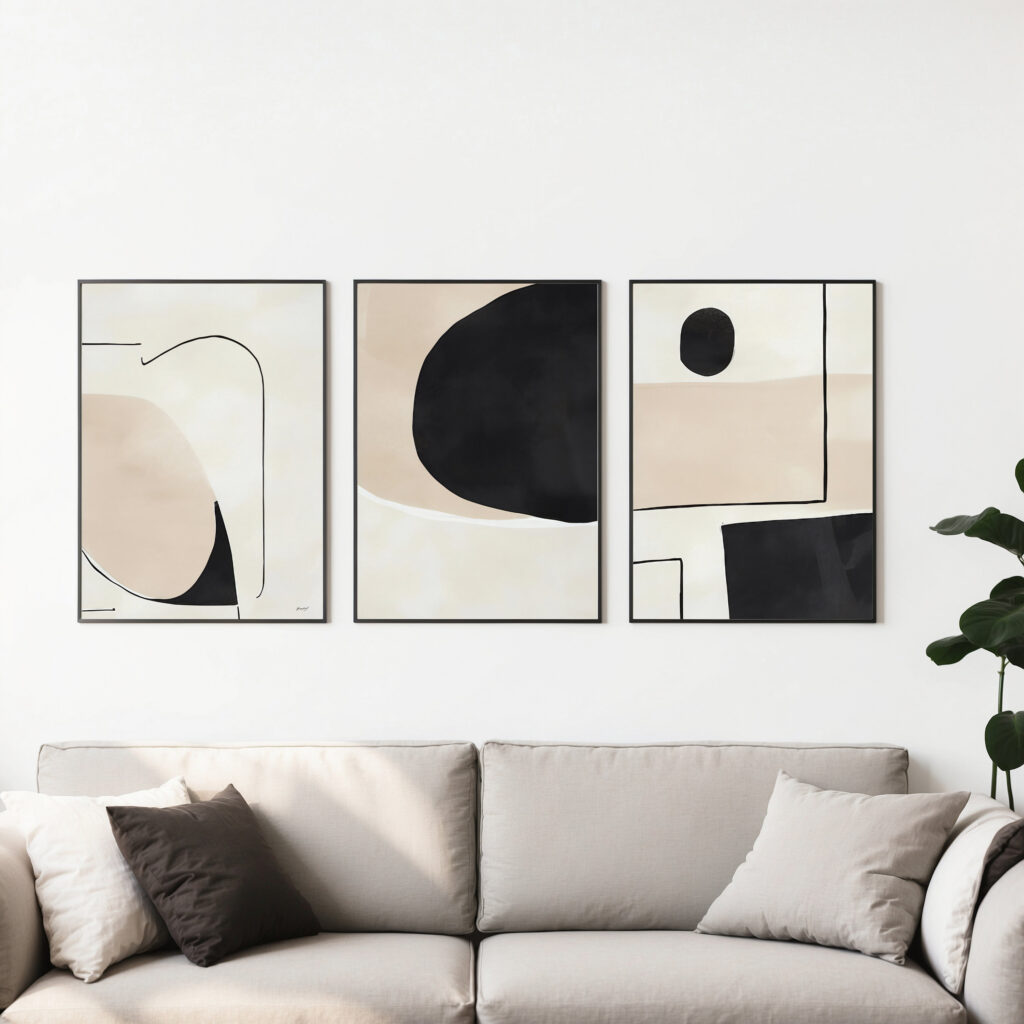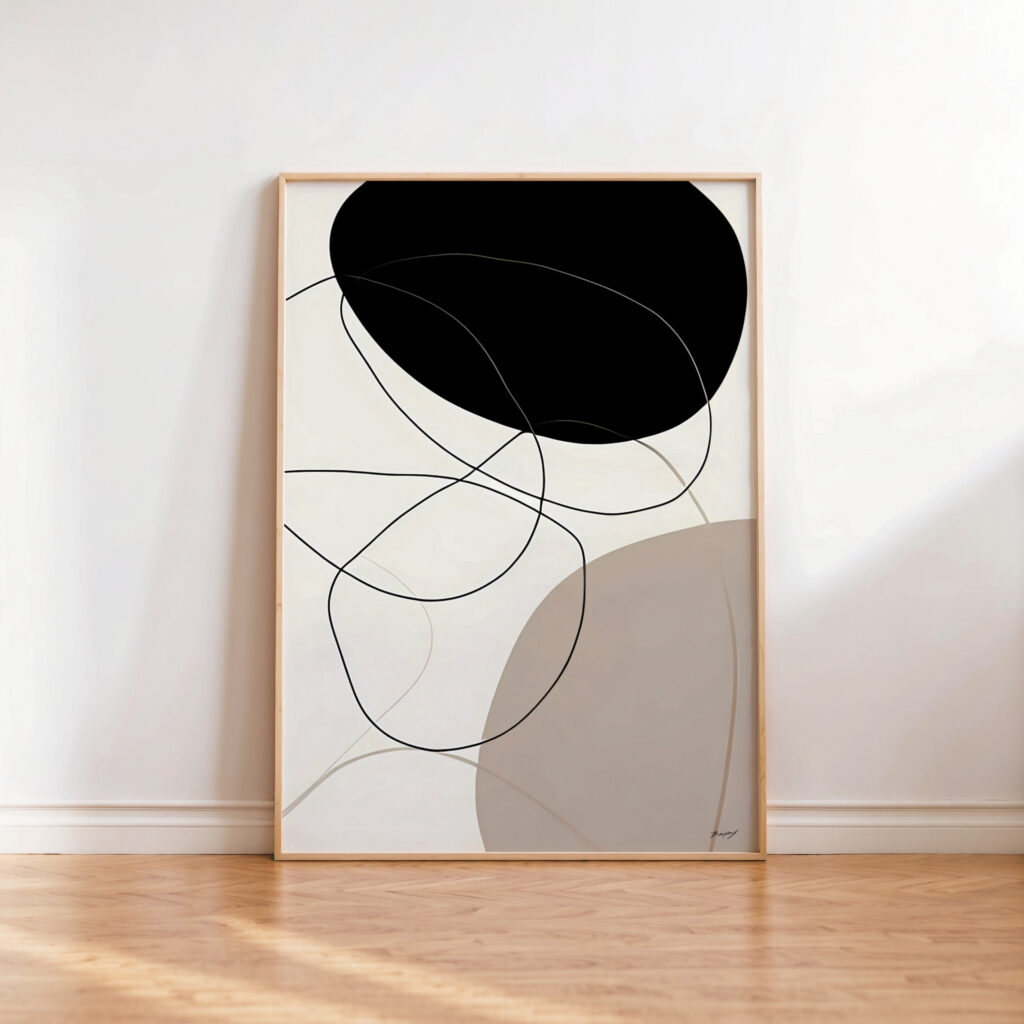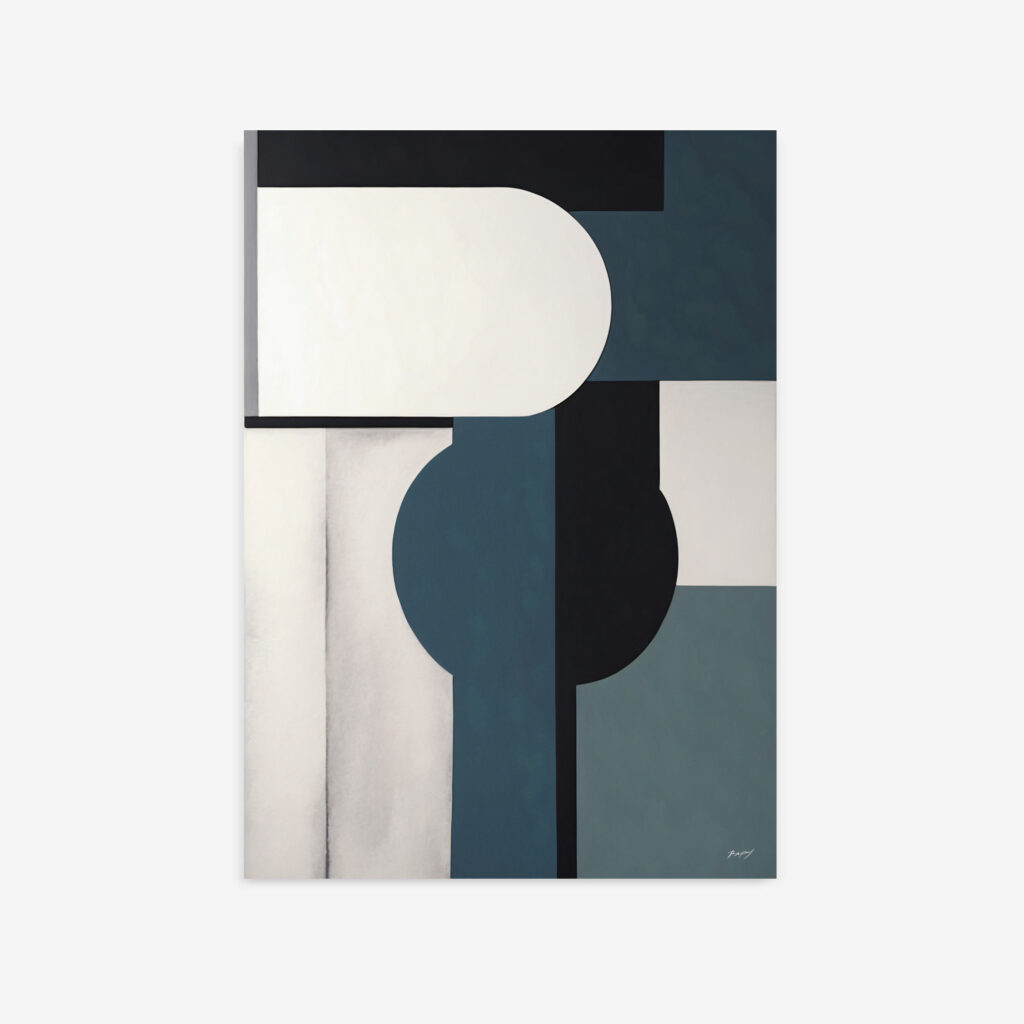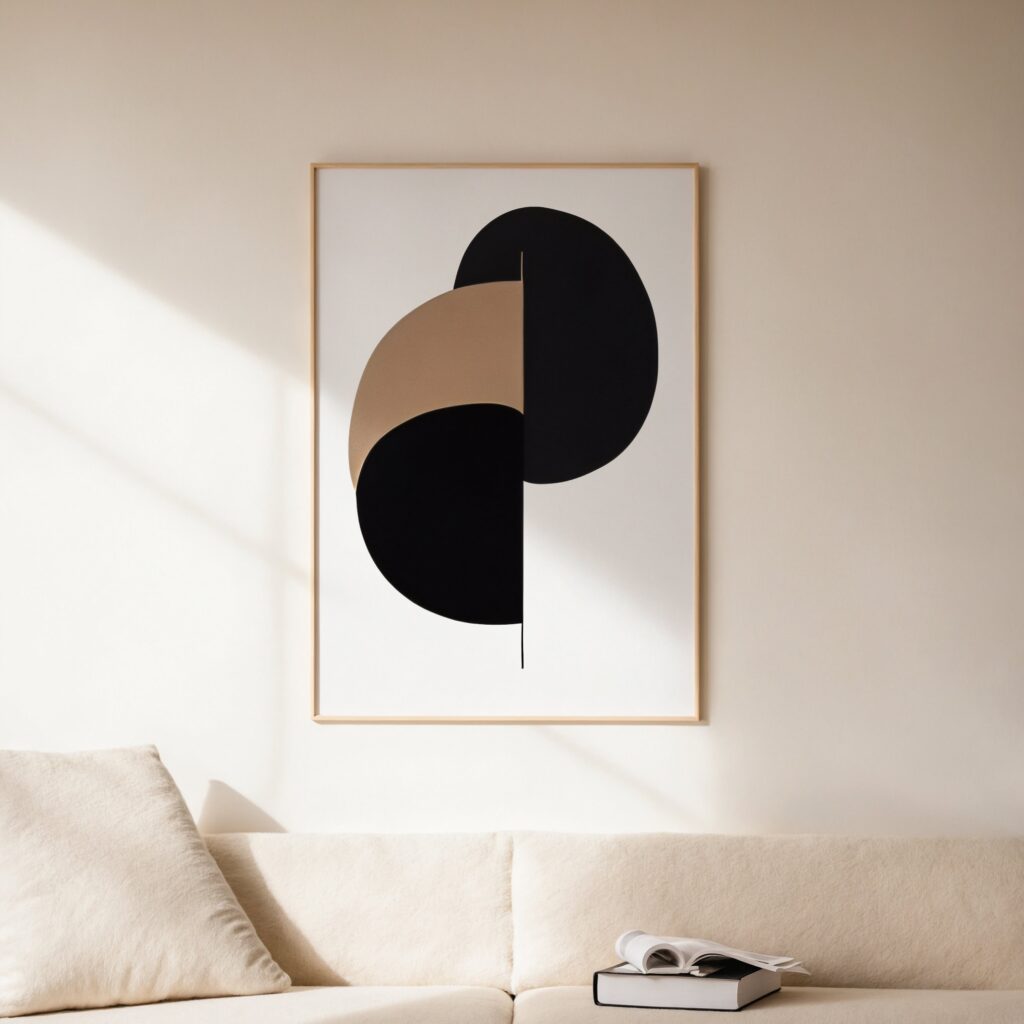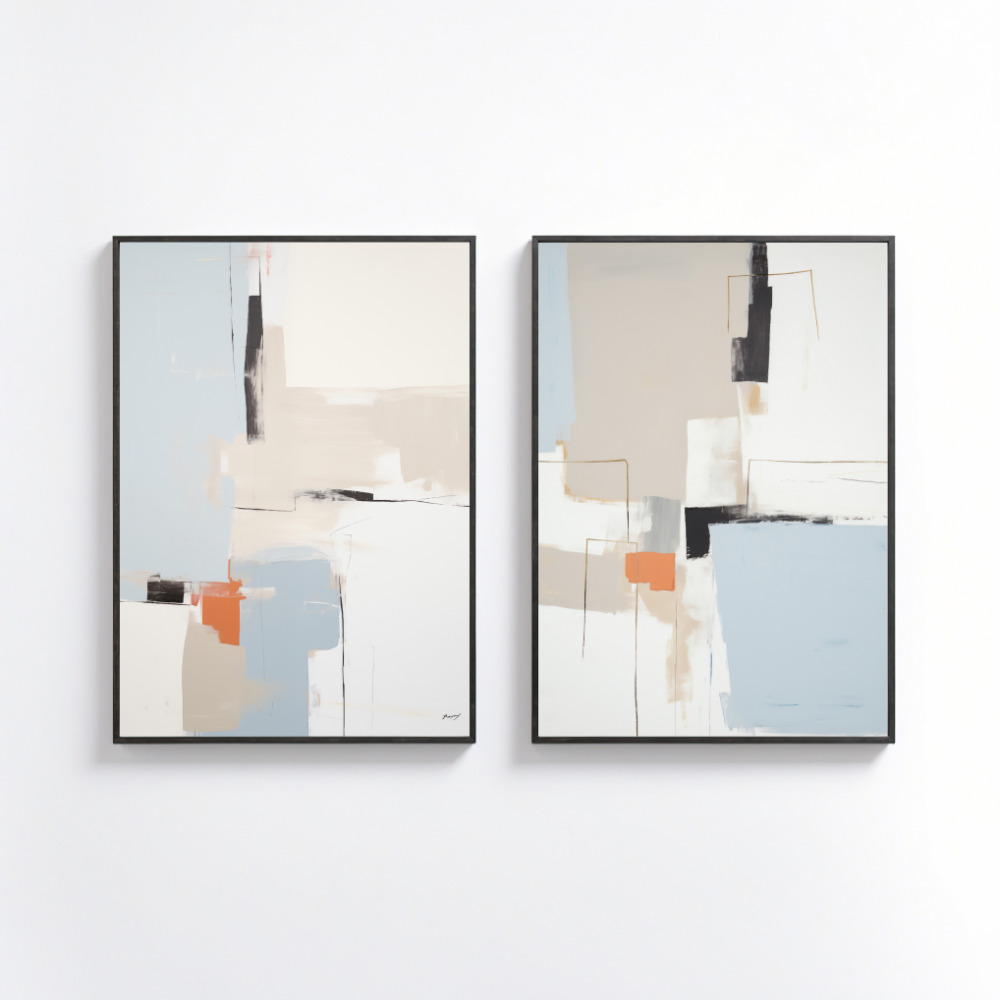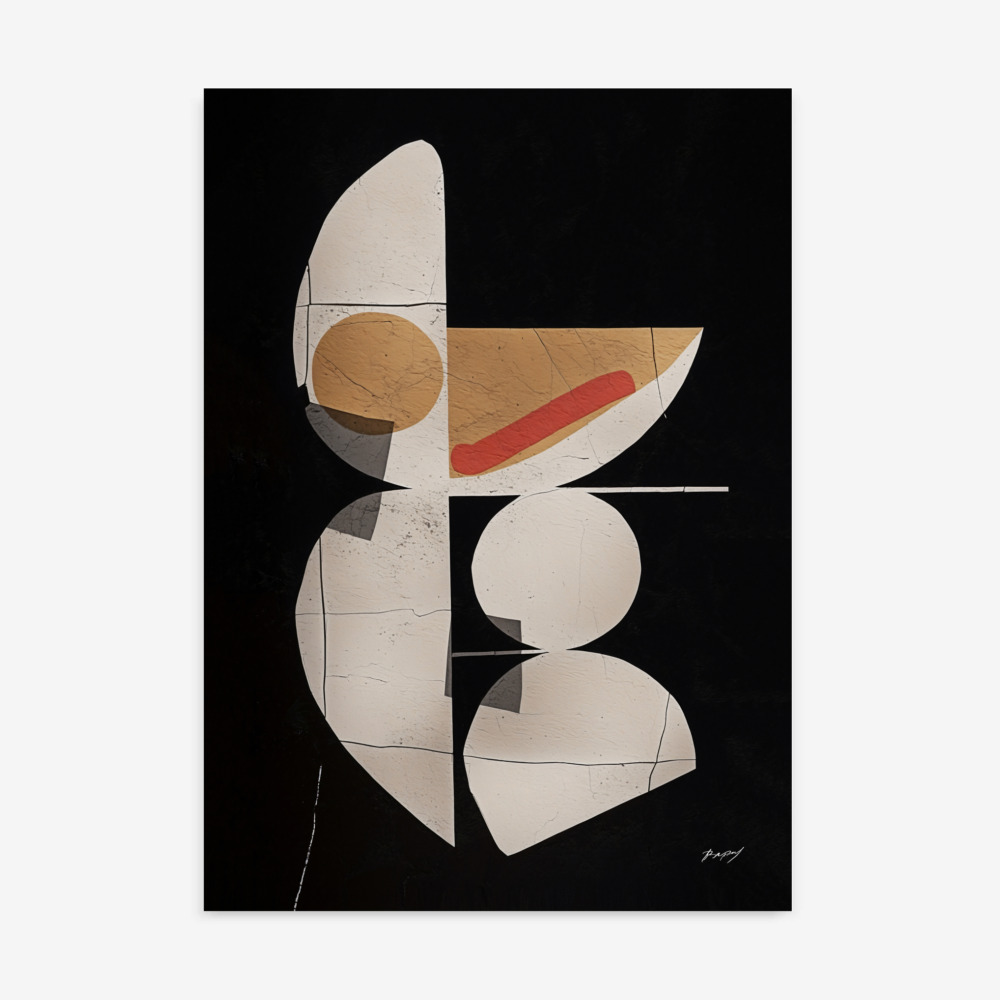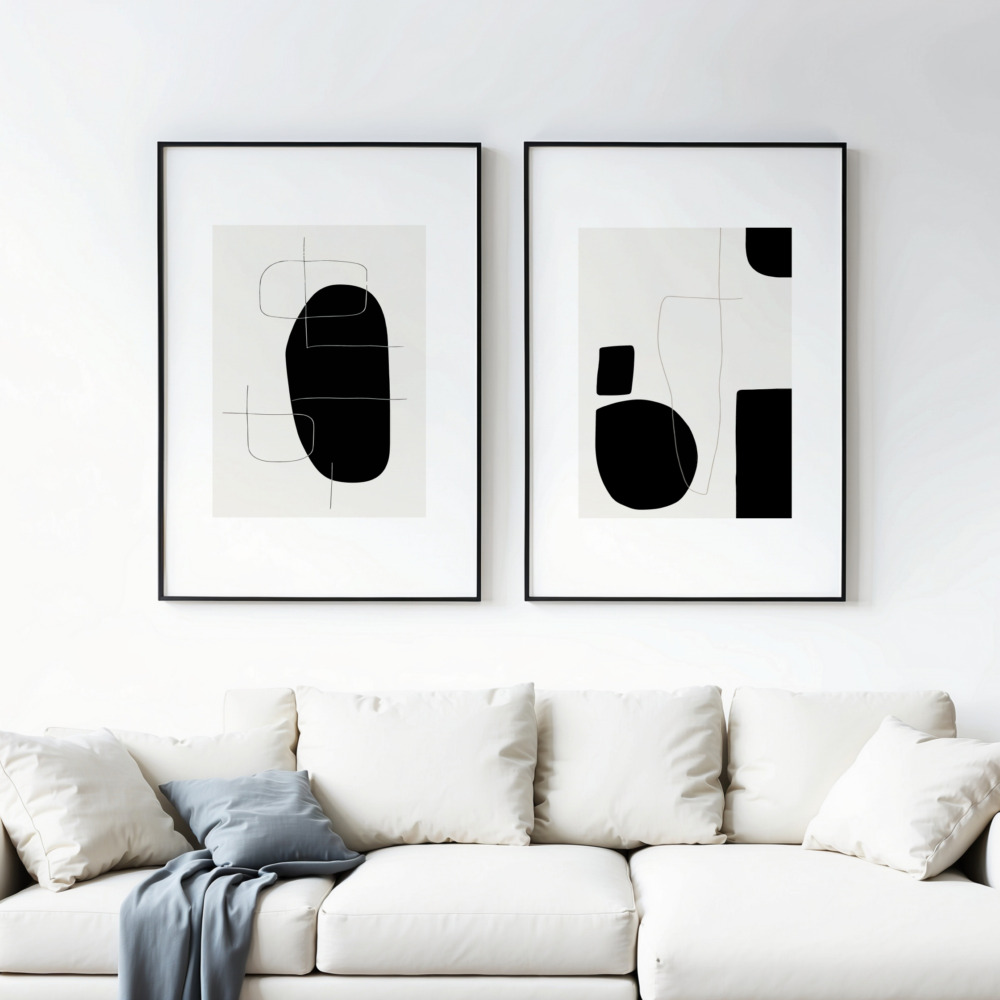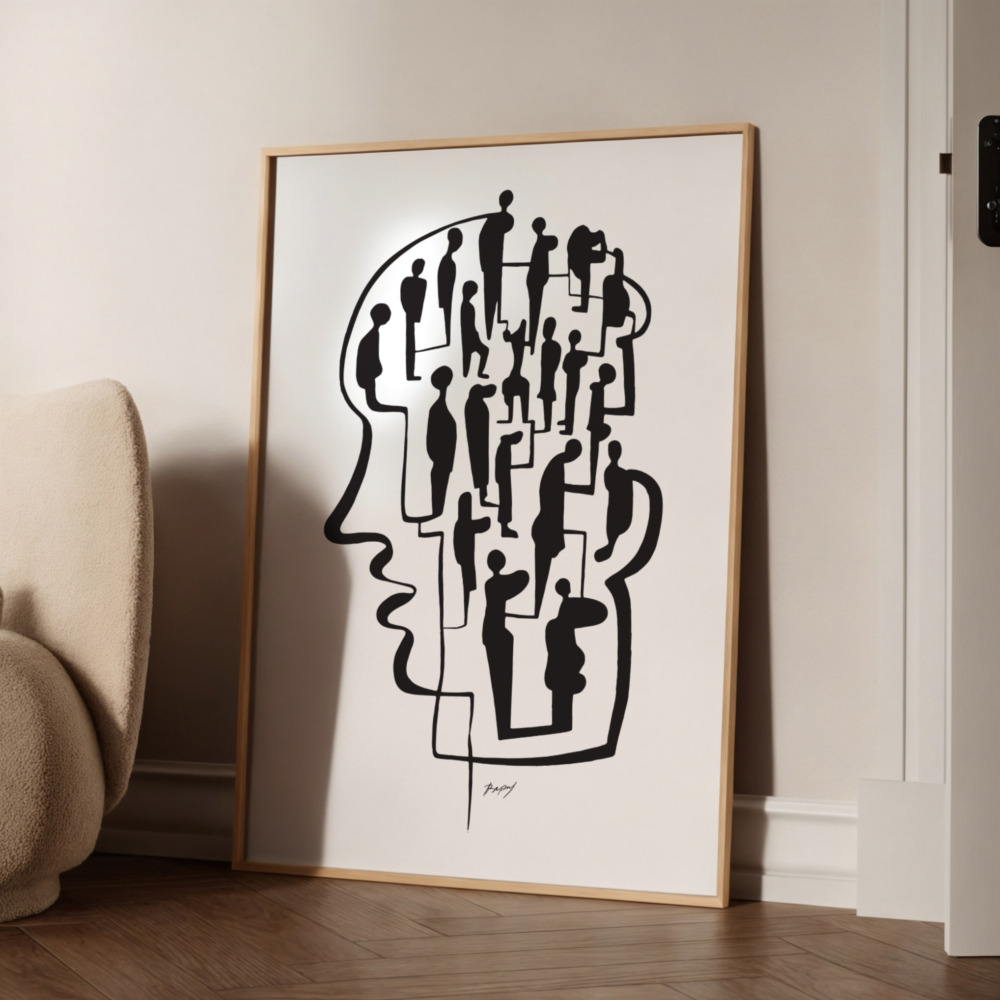From sleek furniture with clean lines to warm wood accents and a distinctive optimistic spirit, the Mid-Century Modern art aesthetic continues to captivate and influence contemporary design. This iconic style, born in the post-World War II era, is experiencing a significant resurgence, particularly in the realm of wall art. Its timeless appeal, characterized by geometric simplicity, organic forms, and a distinctive color palette, offers a refreshing blend of nostalgia and modern sophistication for today’s homes.
The enduring popularity of Mid-Century Modern art lies in its ability to feel both retro and utterly current. Its emphasis on functionality, clean aesthetics, and a connection to natural forms resonates with contemporary sensibilities that value uncluttered spaces and timeless design. In wall art, this revival manifests through a renewed appreciation for abstract shapes, bold yet harmonious color palettes, and a distinct sense of optimistic simplicity.
This blog post will explore the compelling resurgence of Mid-Century Modern wall art in today’s wall décor, delving into the key characteristics of this iconic style – including its distinctive tones and forms – and how abstract shapes, in particular, beautifully reflect its enduring appeal. We will examine the color palettes, geometric motifs, and organic influences that define Mid-Century Modern art, offering guidance on how to incorporate these timeless elements into your own home through carefully selected wall art prints.
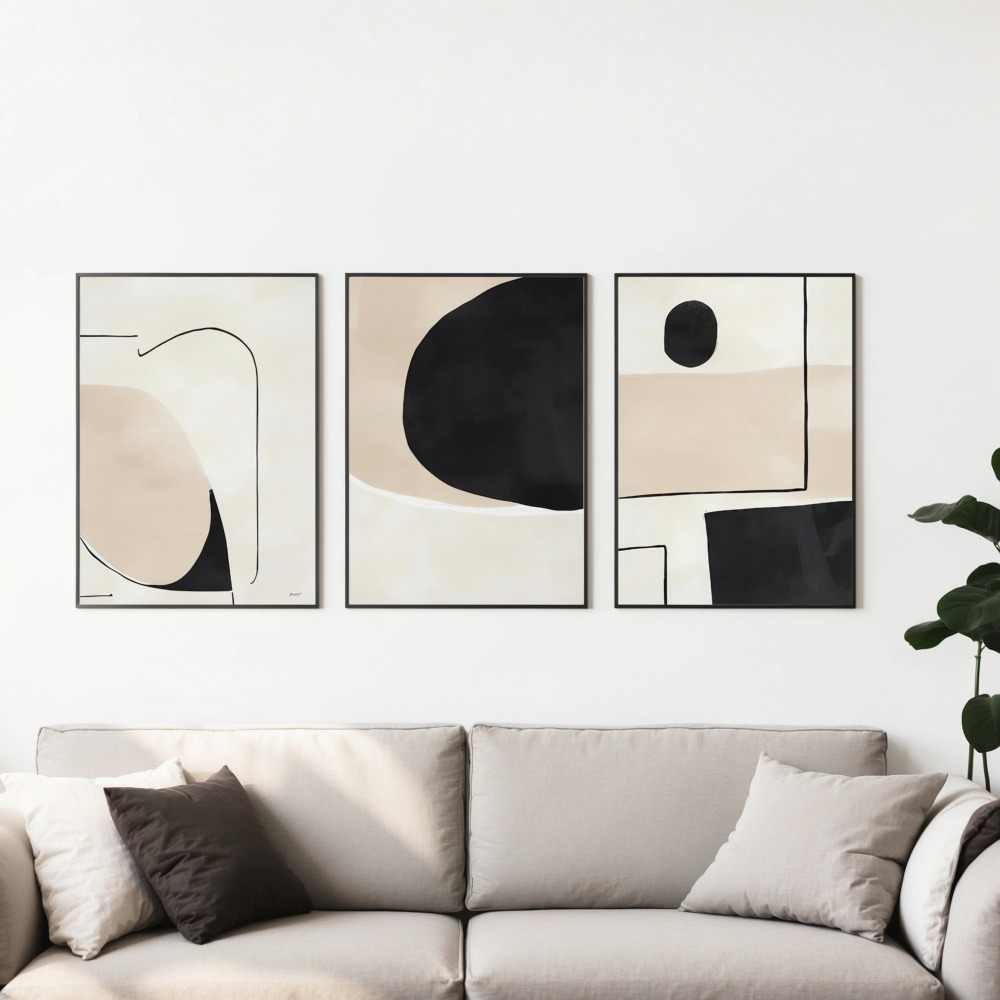
I. Defining the Mid-Century Modern Aesthetic: A Look Back at a Design Revolution
The Mid-Century Modern art movement, roughly spanning from the 1930s to the mid-1960s, was a broad cultural phenomenon that impacted architecture, furniture design, graphic design, and of course, visual art. It emerged from a desire to break away from pre-war ornamentation and embrace functionality, simplicity, and a forward-looking optimism. Key characteristics of this style include:
-
Clean Lines and Simplicity: A rejection of excessive detail in favor of sleek, uncluttered forms.
-
Organic and Geometric Shapes: A balanced interplay between natural, flowing curves and precise geometric forms like circles, triangles, and rectangles.
-
Functionality: Design was driven by purpose, with an emphasis on practicality and usability.
-
Use of New Materials: Experimentation with materials like molded plywood, plastic, and fiberglass alongside natural elements like wood and glass.
-
Integration with Nature: A strong connection to the outdoors, often reflected in large windows and the use of natural motifs.
-
Optimistic Color Palettes: A distinctive range of colors that included both bold, saturated hues (like teal, mustard yellow, avocado green, and atomic orange) alongside more muted, earthy tones and the prominent use of wood grain.
In the realm of visual art, Mid-Century Modern art embraced abstraction, exploring the expressive potential of color, shape, and line. Artists moved away from strict representation, seeking to capture the spirit of the age through non-objective forms and dynamic compositions.
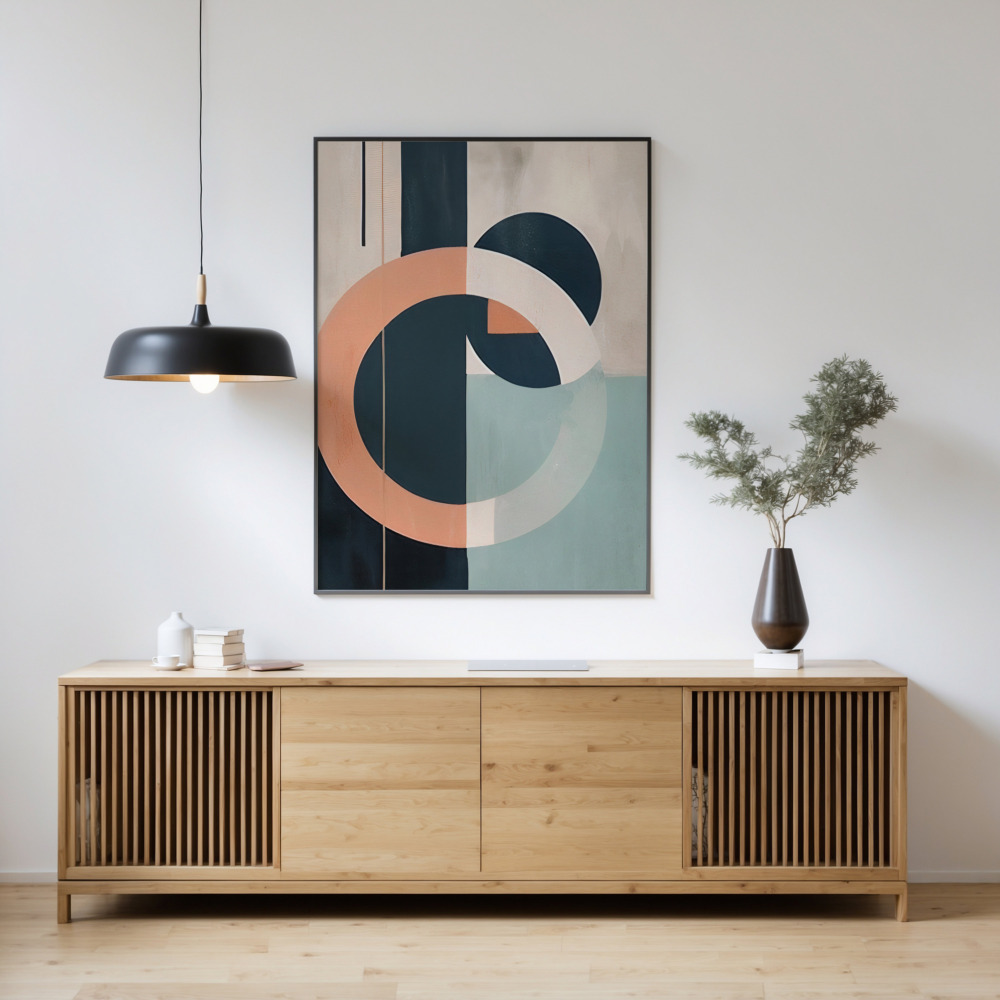
II. The Resurgence: Why Mid-Century Modern Still Resonates Today
The enduring appeal and current revival of Mid-Century Modern style can be attributed to several factors:
-
Timelessness: Its clean and functional design transcends fleeting trends, feeling both classic and contemporary.
-
Warmth and Approachability: The use of natural materials and optimistic color palettes creates a sense of warmth and approachability that contrasts with starker, more minimalist styles.
-
Nostalgia: For many, it evokes a sense of nostalgia for a perceived golden age of design and innovation.
-
Versatility: It seamlessly integrates with a wide range of interior design styles, from minimalist to bohemian.
-
Emphasis on Quality and Craftsmanship: The focus on well-made, functional pieces aligns with a growing appreciation for quality and longevity.
In today’s fast-paced and often digitally saturated world, the simplicity and organic touches of Mid-Century Modern art offer a welcome sense of calm and connection to more tangible forms and a more optimistic era.
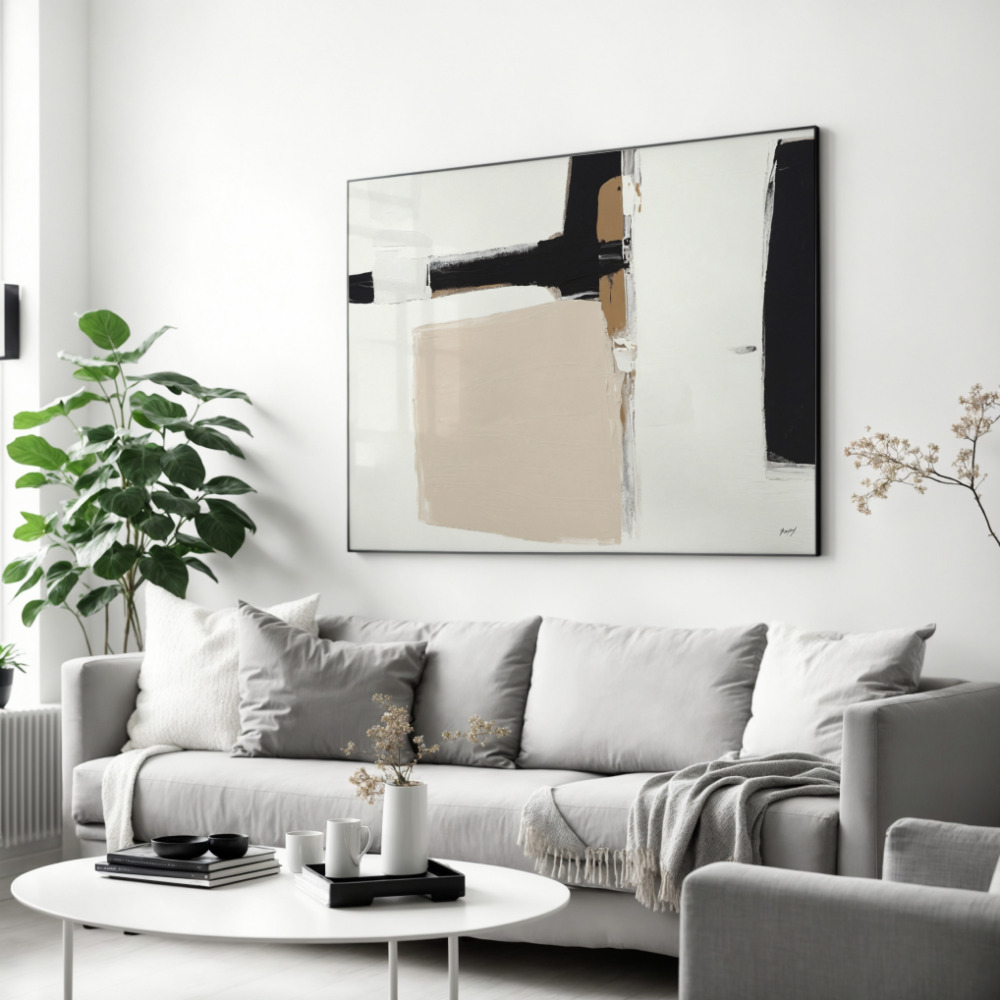
III. The Revival of a Distinctive Color Palette
One of the most recognizable aspects of Mid-Century Modern art is its distinctive color palette. The current revival sees a strong return of these iconic hues in wall art:
-
Earthy Neutrals with Pops of Color: Think warm browns, olive greens, and off-whites punctuated by bold accents of mustard yellow, teal, or burnt orange. This creates a balanced and visually engaging aesthetic.
-
Muted Pastels with Sophisticated Undertones: Soft shades of dusty rose, mint green, and powder blue, often with a slightly muted or desaturated quality, add a touch of retro charm and understated elegance.
-
The Prominent Use of Teal and Turquoise: These cool, vibrant blues were a signature of the era and continue to be popular choices for adding a splash of color with a distinctly mid-century feel.
-
The Warmth of Wood Tones: While not strictly colors, the rich browns and natural variations of wood grain were integral to the Mid-Century Modern aesthetic and are often reflected in framing choices or as inspiration for color palettes.
When you buy art prints online, pay attention to the color descriptions and try to identify pieces that utilize these characteristic mid-century tones. Even abstract art in these palettes can instantly evoke the spirit of the era.
IV. The Enduring Appeal of Abstract Shapes
Abstract shapes are a defining characteristic of Mid-Century Modern art, reflecting the era’s embrace of non-representational expression and its fascination with geometric and organic forms:
-
Geometric Abstraction: Clean lines, sharp angles, and the interplay of basic geometric shapes like circles, squares, triangles, and rectangles are hallmarks of the style. These forms often overlap, intersect, or are arranged in dynamic compositions. Explore black and white art prints featuring bold geometric abstractions for a classic mid-century look.
-
Biomorphic Shapes: Inspired by organic forms found in nature – such as seeds, leaves, and cellular structures – biomorphic shapes are characterized by their flowing curves and irregular outlines. They offer a softer, more natural counterpoint to the sharp edges of geometric abstraction.
-
Atomic Motifs: Reflecting the scientific advancements and atomic age optimism of the era, stylized representations of atoms and orbiting electrons were a popular motif, often incorporated into abstract designs.
-
Asymmetrical Compositions: Mid-Century Modern art often embraces asymmetry, creating a sense of visual dynamism and movement within the artwork.
-
Simplified Representation: Even when hinting at representational subjects (like landscapes or figures), Mid-Century Modern tends towards simplification and stylization, reducing forms to their essential elements.
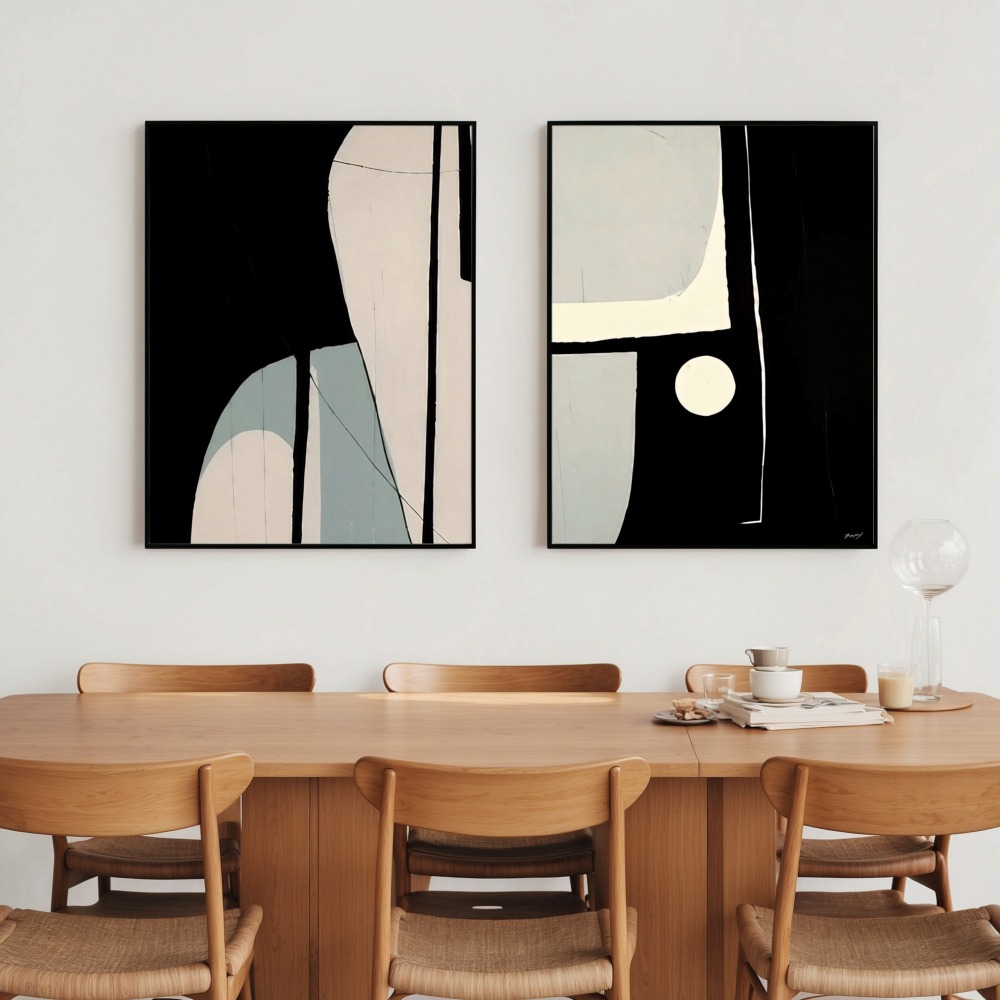
V. Incorporating Mid-Century Modern Art Prints into Your Home: Retro Cool for Today
Bringing the timeless appeal of Mid-Century Modern art prints into your contemporary home is easier than you might think. Here are some ideas:
-
Create a Focal Point: A large abstract art print featuring bold geometric shapes in classic mid-century colors can instantly become a statement piece in your living room or dining area.
-
Curate a Gallery Wall with a Theme: Combine several art prints with mid-century inspired abstract designs, geometric patterns, and perhaps a botanical print with stylized organic forms in the characteristic color palette.
-
Add a Touch of Retro to Your Office: A black and white artwork with a clean geometric abstraction can bring a sophisticated and focused mid-century vibe to your workspace.
-
Complement Mid-Century Furniture: Hang art prints with colors and forms that echo the design elements of your existing mid-century modern furniture to create a cohesive and harmonious space.
-
Don’t Be Afraid of Bold Colors: Embrace the optimistic spirit of the era by incorporating wall art with vibrant pops of mustard yellow, teal, or atomic orange.
-
Consider Textural Prints: Look for art with subtle textures or patterns that evoke the materials popular during the mid-century era, such as linen or wood grain.
VI. Finding Your Perfect Mid-Century Modern Art Prints Online
When you buy art prints online, use keywords like “Mid-Century Modern art prints,” “geometric abstract prints,” “biomorphic art,” and “retro wall art” to narrow your search. Explore the collections at online galleries like Print Studio, where you can find a unique selection of affordable art prints that capture the essence of this beloved design era. Pay attention to the color palettes, shapes, and overall aesthetic of the prints to ensure they align with the Mid-Century Modern style.
VII. The Enduring Legacy: Bringing Timeless Style to Your Walls
The revival of Mid-Century Modern art in today’s wall décor is a testament to its enduring appeal and timeless design principles. Its clean lines, optimistic colors, and engaging abstract forms offer a refreshing and sophisticated way to personalize your living spaces. By understanding the key characteristics of this iconic style and exploring the diverse range of art prints available, you can effortlessly infuse your home with a touch of retro cool that feels perfectly at home in the 21st century.
Embrace the timeless appeal of Mid-Century Modern art! Explore the unique collection of art prints at Print Studio and discover the perfect pieces to bring a touch of retro sophistication to your walls.

